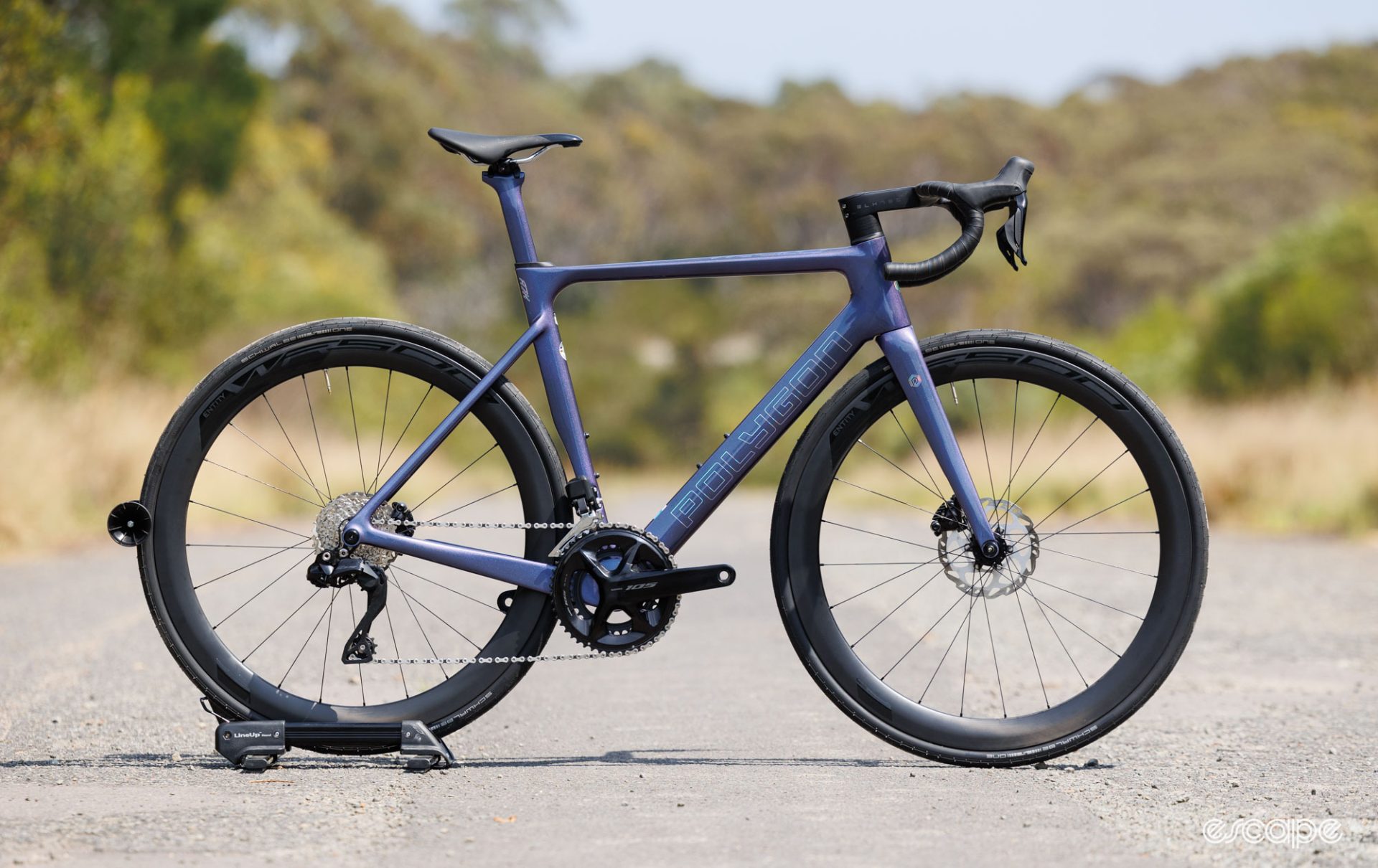These days it seems like aero road bikes and high prices go together like peanut butter and jelly. Just about every big name has a wholly integrated and sleek-looking road bike to sell you, but good value is rarely a feature that's present.
Thankfully, there are a few glimmers of hope for bargain-hunters. Polygon, the house brand of large Indonesian bicycle manufacturer PT Insera Sena, is one such example, and its Helios A7X aero road racer packs an incredible punch for its price tag.
Let me not bury the lede here. Mostly sold consumer-direct (this varies by region), the Helios A7X retails for US$4,000 / AU$4,999 and features a full carbon frame, a one-piece carbon handlebar and stem with concealed cabling, 50 mm-deep tubeless-ready carbon wheels, and a complete Shimano 105 Di2 groupset. And for not much more, you can get the same bike with Ultegra Di2 (A8X) or even Dura-Ace (A9X).
OK, so such prices are sure to attract a huge amount of interest, but I also have some strong feelings about who this bike is and isn’t for.
This review focuses on the Helios A7X, but Polygon’s full-carbon Helios A frame and fork are shared across a number of bikes, including the even-more-budget and mechanical drivetrain-equipped A7 and A8, and up to the Dura-Ace Di2-equipped A9X (the “X” designates electronic shifting). As a result, many aspects of this review apply to those other models too.
- The short of it: An incredibly well-priced performance-orientated aero road bike sold directly to consumers.
- Good stuff: Incredible value, well-mannered ride, quick yet balanced handling, Shimano 105 Di2 group, did I mention the incredible value?
- Bad stuff: Long reach isn’t for all, adjusting stem height is tricky, bars are real wide for an aero bike, no affordable option to change the handlebar, tight tyre fit on rims, out-of-box build could use a mechanic, bartape.
Modern features
While not well known for its dropbar bikes, Polygon has become known for offering high-value mountain bikes. In recent years its Siskiu range has been a benchmark contender for anyone wanting to discover mountain biking with a new bike and at the lowest cost of entry. Such pricepoint dominance is only possible through what’s effectively a factory-direct business, with BikesOnline in the USA and Australia acting as the online sales, customer care, and logistics agents.
With a full carbon frame, bright paint, sparkling graphics, wholly concealed cable routing, and aero tube profiling throughout, the Helios A7X isn’t the sort of bike you typically associate with the name on the down tube. And indeed, the A-series of road bikes represents a bigger commitment to the road space than what we’ve seen of the Indonesian brand.

The Helios A is a UCI-approved frame with truncated airfoil profiles on the down tube, seat tube, seatpost, and head tube. The top tube is slim and close to horizontal, while the seatstays are dropped, but slightly less so than some other aero bikes. Overall, I find the shaping to be a little blocky and lacking in fluidity when compared to the high-priced aero bikes from the more mainstream brands.
I’ve used the term "aero aesthetic" to describe such bikes before, and the Helios A certainly falls into that same category. Polygon makes no aero-based claims nor does it offer any related data on how efficient its frame shapes are. Many of the frame tubes use known efficient shapes which are sure to be less draggy than a round tube, but the more traditional fork that doesn’t blend to the wide head tube tells me this wouldn’t excel in a wind tunnel against some of the latest and greatest aero bikes.
However, Polygon does tick the bingo boxes when it comes to features you’d expect to find in a performance road bike today. The headset uses common oversized 1.5" bearings top and bottom to allow room for cables to be routed through the headset with a regular round steerer tube. As tested, the A7X uses a Token Cable Box headset, a product shared in common with Enve’s production bike range and others. Designed in collaboration with Token, the headset is matched to a one-piece carbon handlebar and stem from a new name, BlkTec. Meanwhile, the more fancily equipped A8X and A9X come with FSA’s ACR cockpit and headset system.
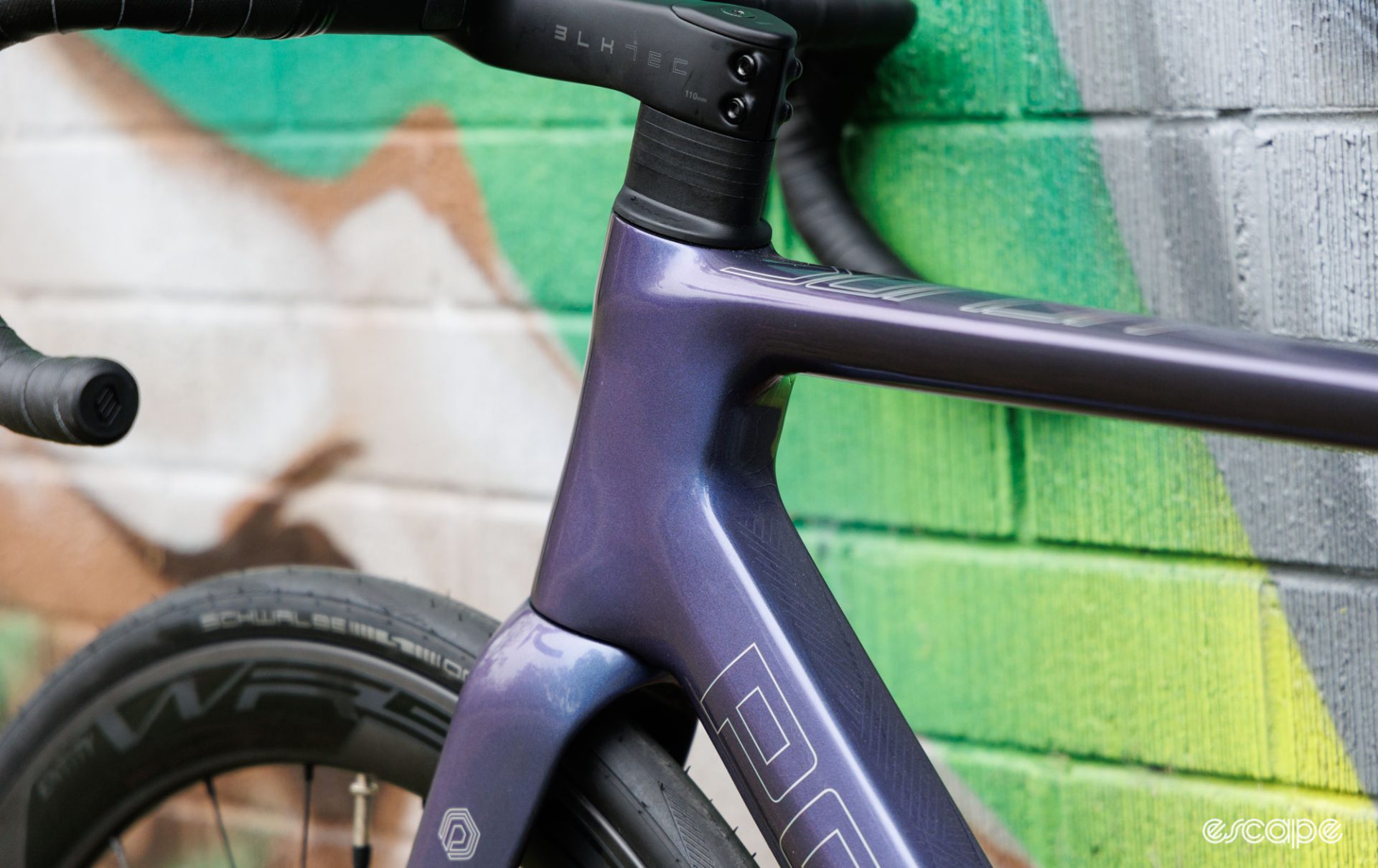

The yet-another-proprietary-aero-shaped-and-painted-to-match seatpost is clamped via an internal binder wedge. This seatpost features a sliding saddle clamp that provides a 20 mm adjustment range for offset, while a look inside reveals the Shimano Di2 battery is securely affixed via two bolts.
The bottom bracket is a Shimano-standard PF86. While press-fit carries a stigma, this variant has historically proven to be a rather trouble-free example (at least when used with Shimano cranks and others using a 24 mm spindle).
There’s room for 700 x 32 mm rubber, and unofficially, you could squeeze in something a smidge wider. Being a road race bike there are no provisions for fenders.


Polygon quotes a competitive 800-900 g frame weight for the Helios A depending on size, however this is unpainted and without any hardware. In reality, you can expect it to be closer to 1,000 grams in a way that actually compares to how most brands now quote weights. That’s combined with a fork at a claimed 350-400 g (steerer length dependant).
To put these figures into perspective, a top-tier Shimano Dura-Ace-equipped A9X is claimed to weigh a not-super-light 7.7 kg (16.98 lb, size large, without pedals).
Let’s talk about geometry
The Helios A looks like a race bike and its key geometry figures across the six available frame sizes ensure it fits like one, too. In the tested medium (approx 54 cm) size, the stack and reach almost match BMC’s TeamMachine SLR race bike, while many other desirable race bikes are closely comparable.
The Helios’s handlebar isn’t the lowest among a sea of performance-oriented road race bikes, and the reach figure is roughly average, too. However, while the frame reach isn’t excessive, it’s then combined with a stem length that’s seemingly 10 mm longer than just about every other major brand. I’ll come back to my issues with this. For now, here’s how the stack stacks up without you having to reach far for those reach figures.
| Bike | Size | Stack (mm) | Reach (mm) | Stem length (mm) |
| Canyon Ultimate CF SL | Small | 539 | 390 | 90 |
| Trek Emonda SLR | 54 cm | 541 | 386 | 90 |
| Specialized Tarmac SL8 | 54 cm | 544 | 384 | 100 |
| Giant TCR Advanced | Medium | 545 | 388 | 100 |
| Cervelo R5 | 54 cm | 547 | 380 | 100 |
| BMC Teammachine SLR01 | 54 cm | 550 | 386 | 100 |
| Polygon Helios A | Medium | 550 | 385 | 110 |
| Cannondale SuperSix Evo | 54 cm | 555 | 384 | TBC |
| Cervelo Caledonia | 54 cm | 555 | 378 | 100 |
| BMC Roadmachine | 54 cm | 562 | 386 | 100 |
The frame reach may be long, but those stack heights are matched with 30 mm of headset spacers beneath the stem for a handlebar height that’s closely comparable to more-relaxed-but-not-quite-endurance performance bikes such as the Cervelo Caledonia and BMC Roadmachine.
When I first got my hands on the Helios there were some peculiar recommendations around rider heights and sizes but, thankfully, BikesOnline has since overhauled its sizing guide. Now the recommended sizing appears far closer to correct, while the numbers on Polygon's own website are fictional at best.
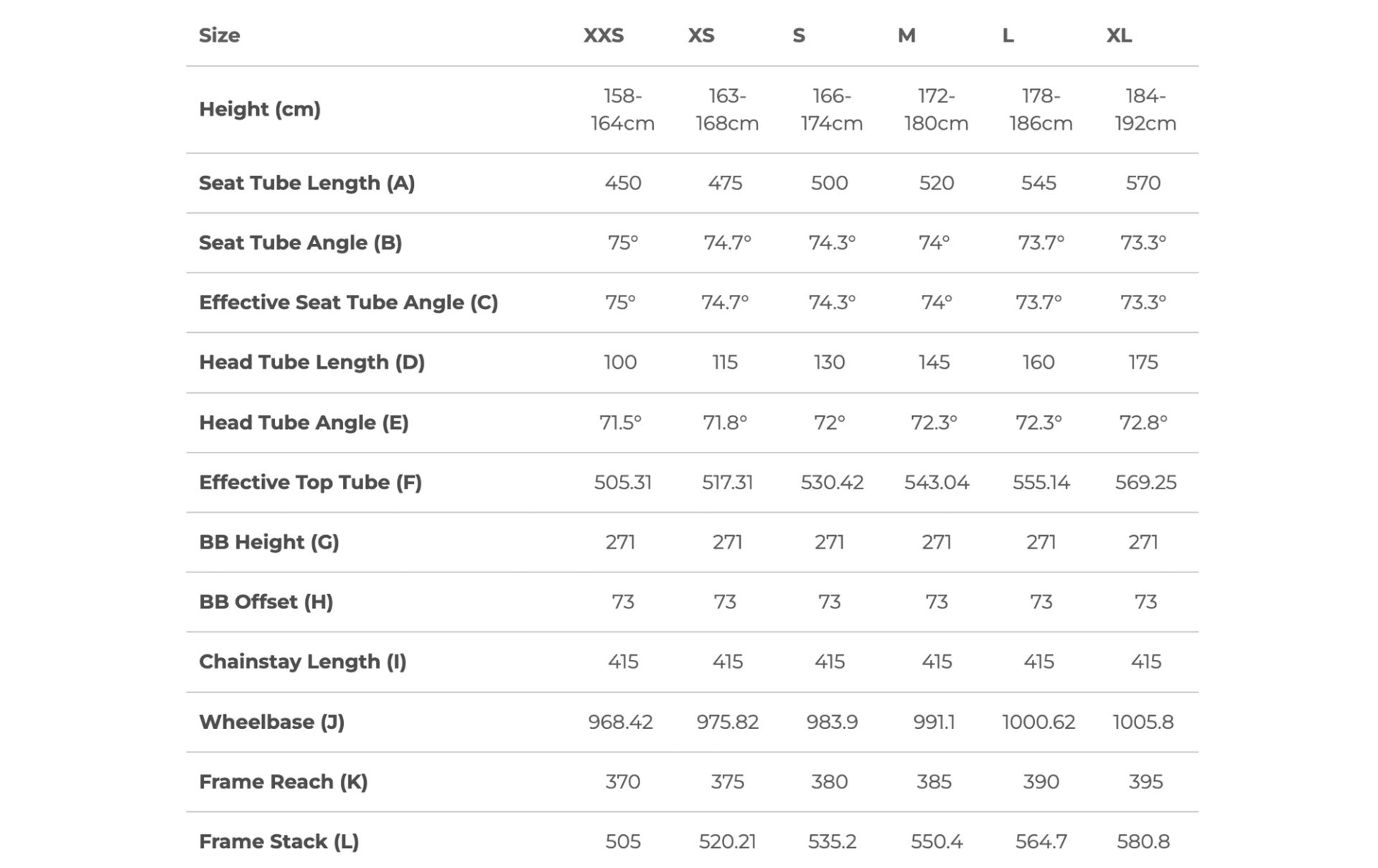
Other geometry figures point to a bike that’s a little more chilled in its handling – like a BMC Teammachine rather than an edgy-handling bike like a Specialized Tarmac or Trek Emonda. A size medium has a claimed head tube angle of 72.3° matched to a fork rake of 43 mm (the two smallest sizes use a 50 mm fork rake), producing a trail figure of 65 mm with the measured 30 mm width tyres. Meanwhile, the 415 mm chainstays are a smidge longer than where most race bikes sit.
Is it a groupset bike?
Those who have been in cycling long enough may remember brands such as Azzuri (Australia) and Motobecane (USA), which often offered complete bikes for a comparable cost to the parts on the bike. In a sense, the Polygon Helios range hits a price point where this is true, but thankfully it offers more than just great parts. Let’s look at what you get.
As tested, and for the cool price of US$4,000 / AU$4,999, the A7X is Polygon’s entry into a full aero bike with Shimano electronic shifting. The Shimano 105 R7170 Di2 12-speed groupset offers a compact crank (50/34T) and a wide-range 11-34T cassette that provides welcomed gearing, although is less race-focussed than what the geometry may suggest. Polygon saves a few dollars by equipping a KMC chain over a Shimano one.
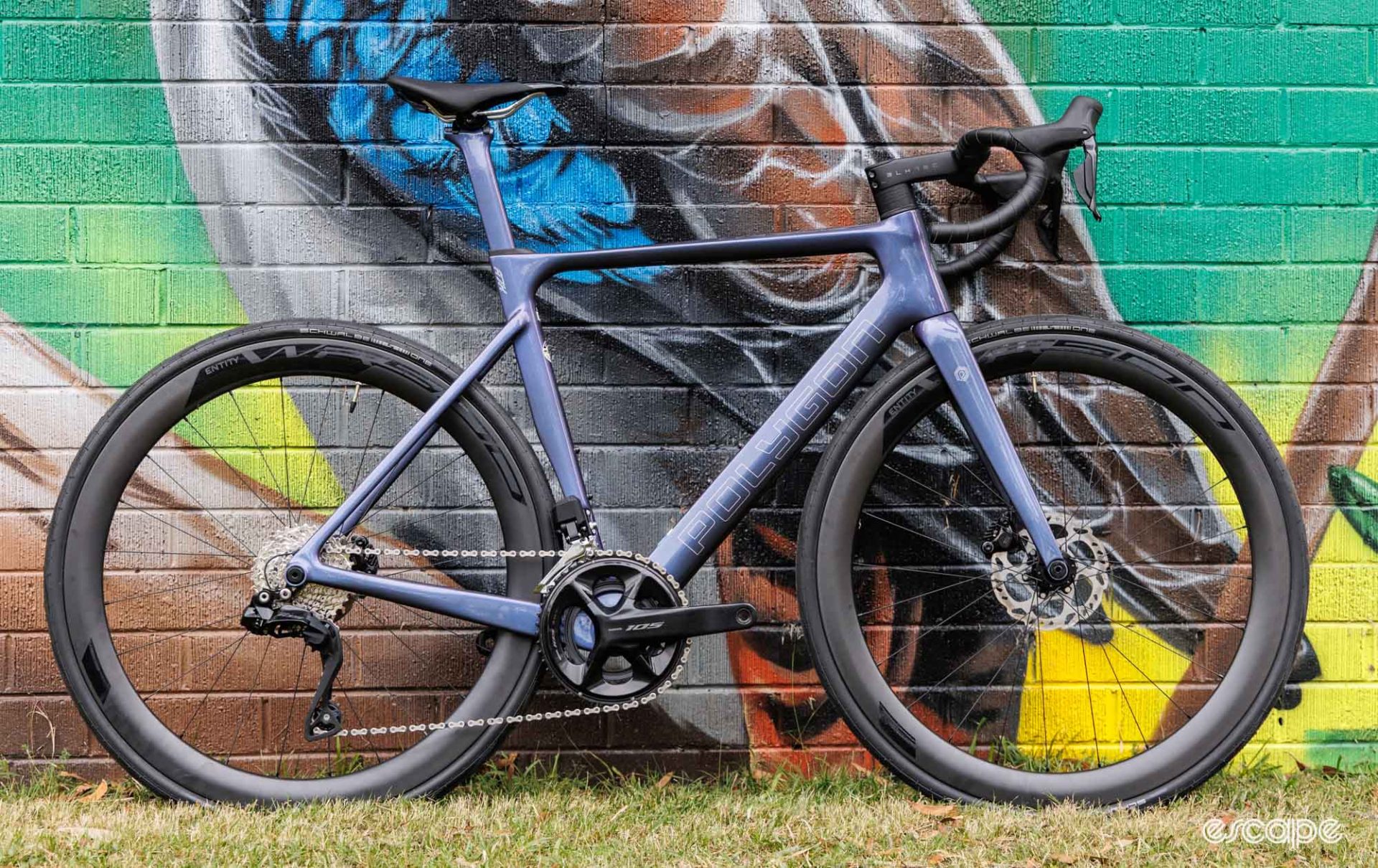
Carrying Polygon’s house-name of components, the Entity WR5 carbon fibre aero wheelset further defies the bike’s asking price with an actual 1,588 g (with rim tape) weight and 50 mm depth. These hooked rims offer a modern 21 mm internal width, are fully tubeless-ready, and are laced with 24 double-butted spokes to Novatec sealed bearing hubs. Impressively, Polygon wraps these wheels with high-end Schwalbe One 28 mm tubeless-ready tyres (which measure at 30 mm when inflated on these rims), and then provides tubeless valves in the box (BYO tubeless sealant) if you wish to ditch the supplied inner tubes.
The previously mentioned BlkTec one-piece carbon cockpit is no less impressive and carries a claimed weight of 320 g (400 mm width bar). All that’s left after that is a well-padded short-nose Entity saddle. The total weight of my medium-sized tester is 8.1 kg (17.86 lb) with inner tubes, and without pedals or accessories.
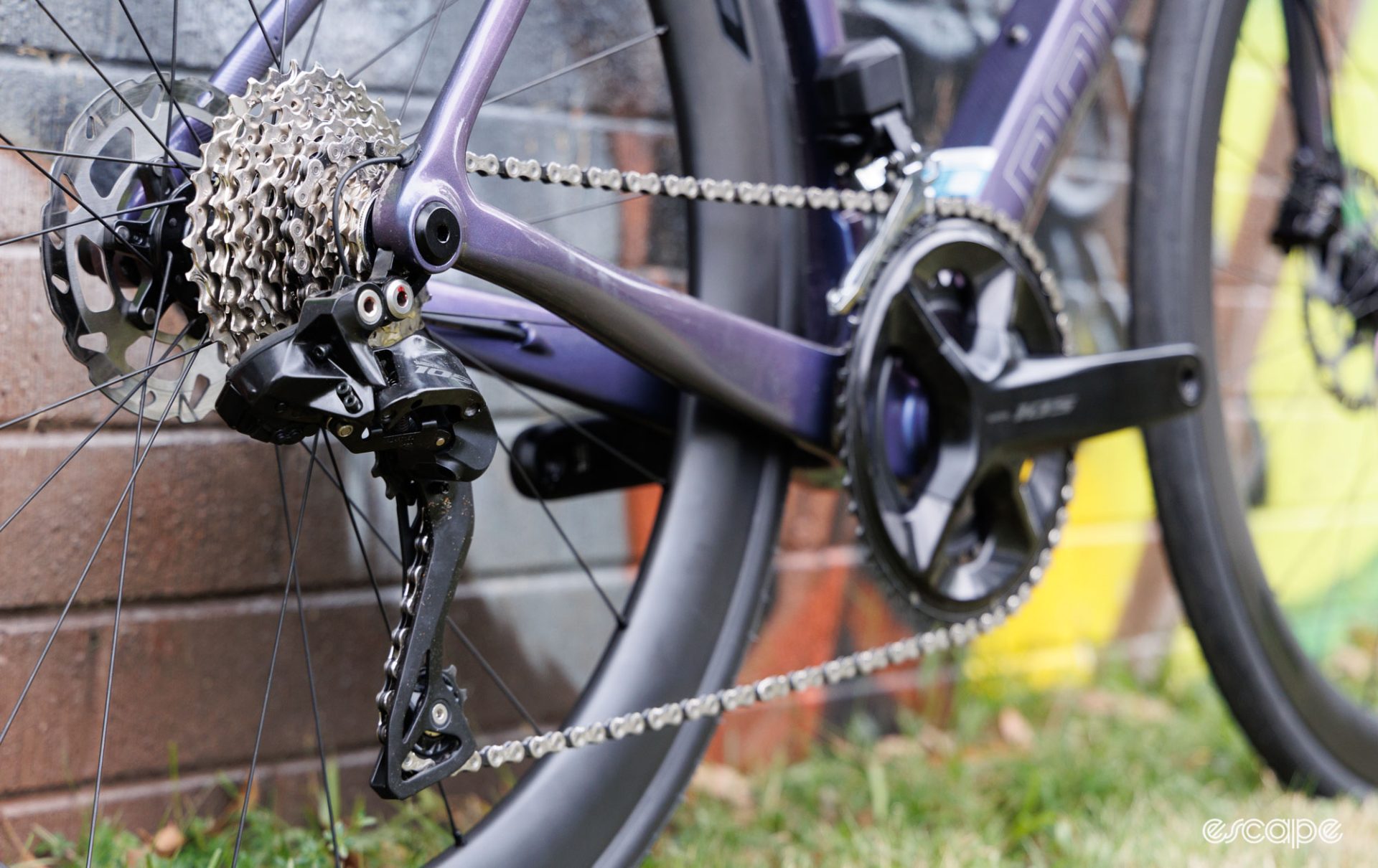
Next in the line is the Helios A8X at US$4,700 / AU$6,000. This one features the same frameset (different paint), seatpost, wheelset, and Schwalbe Tubeless-ready tyres as the A7X. Where things differ are in the one-piece carbon cockpit which switches to an FSA Metron 5D ACR. Meanwhile, the entire groupset is bumped up to Shimano Ultegra R8100 Di2. These more-premium components save approximately 200 g over the A7X.
And then we get to the flagship A9X at US$6,250 / AU$8,000. Like above, it still shares the same frameset and rolling stock (wheels and tyres) as the A7X, while the FSA Metron 5D ACR cockpit matches that of the A8X. With this model there is also an option to spend a further AU$2,000 in order to get Shimano Dura-Ace C60 wheels and the Dura-Ace R9200P power meter. Before the wheel upgrade, the A9X is nearly 200 g lighter than the A8X, and about 400 g lighter than the tested A7X.
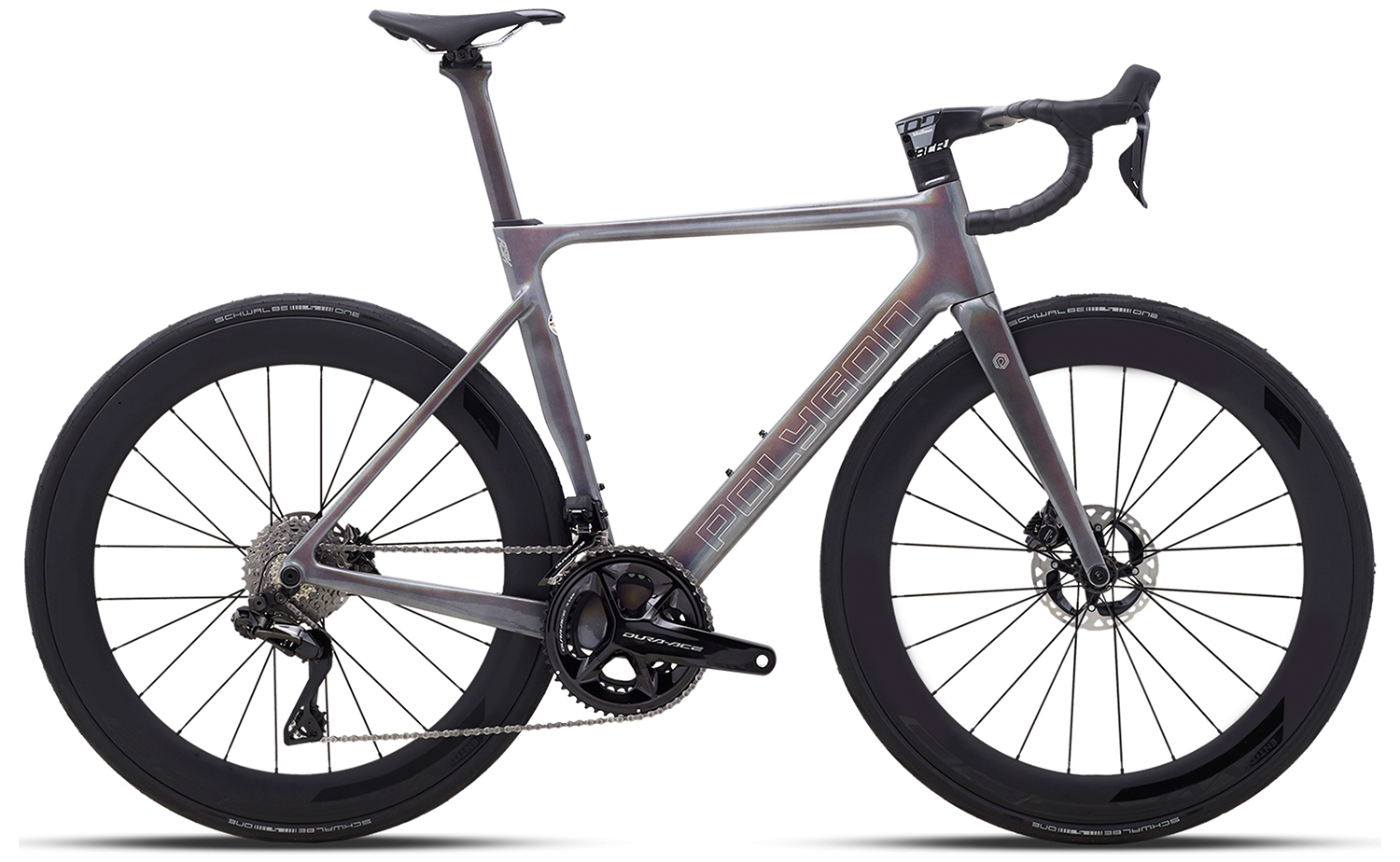
How the A7X stacks up against the competition will depend on your local market. Looking to the USA and Australia, one of the nearest comparisons is the consumer-direct Canyon Ultimate CF SL 7 (US$TBC / AU$6,150), which also features a full-carbon frame, one-piece carbon cockpit and Shimano 105 Di2 groupset. The Canyon gains points with a 4iiii left-sided power meter, but loses points with its shallow (and heavier) DT Swiss alloy wheels.
In the USA, another consumer-direct brand is Fezzari which also happens to have a new well-priced aero road bike in the Veyo. Expect to pay from US$4,000 for a Shimano 105 Di2-equipped model with similar DT Swiss wheels to the Canyon above.
You’re likely to find higher prices when shopping for big and more traditional brands sold through bike shops. At least in Australia, Giant is one exception with competitive prices. While not an aero bike, the TCR Advanced Disc 1 Pro Compact (US$N/A / AU$5,000) is another to offer a full Shimano 105 Di2 groupset, but does so with alloy wheels, and a traditional alloy bar and stem. And again in Australia, Merida’s Reacto 6000 (US$N/A / AU$4,200) offers a Shimano 105 Di2 groupset combined with fairly generic alloy wheels and a two-piece alloy cockpit.
Clearly, the Polygon is competitive on paper, and things get even more impressive because the prices listed are marked retails, which seem to differ from the actual purchase price. At least at the time of publishing, there’s a US$500 / AU$500 reduction on the A7X, and even bigger reductions on the A8X and A9X.
Note, the prices quoted above exclude shipping fees. Pedals, bottle cages, and other accessories (such as a bike computer mount) are not included.
In the box, out of the box
As with any consumer-direct brand, if you buy such a bike, you’ll be getting it in a box with minor assembly required. The build quality is an important element of such a bike, and here the Helios A7X was safe to ride, but not the best bike it could be.
Again looking to bikes sold through BikesOnline (applicable to USA and Australia), the bikes arrive in the company’s own consumer-friendly re-useable cardboard box. Basic tools, including a basic torque wrench, are supplied, and the company offers model-specific instructional videos to guide you through the assembly process.
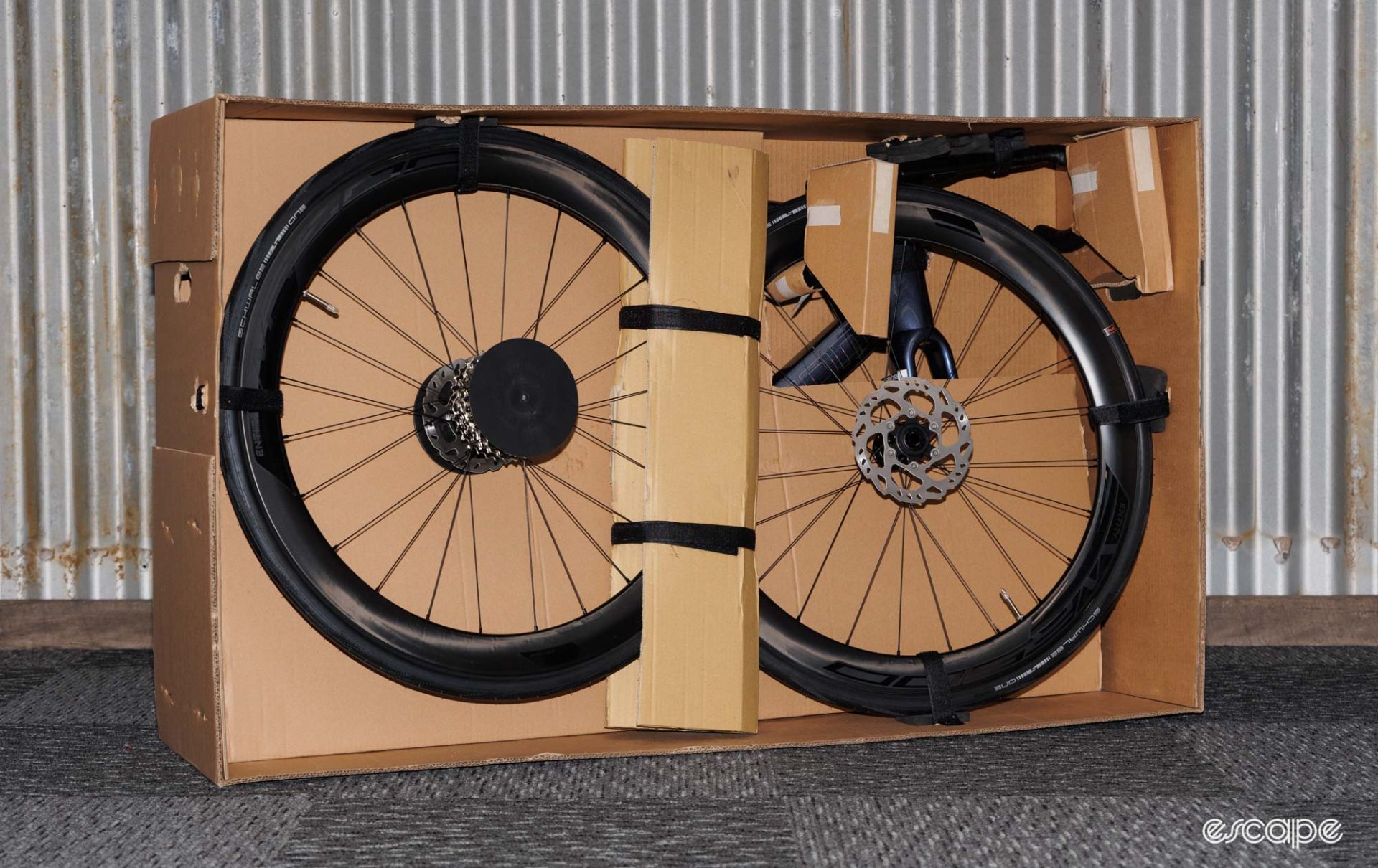
The build process is made a lot simpler by having the bike’s one-piece handlebar and stem pre-installed. You will, however, be required to install both wheels, the seatpost, and pedals (not included).
For my sample, the critical bolts were tight, the brakes didn’t rub, and the gears worked. Unfortunately, the headset (the bearing the front fork turns on) was loose, seemingly because the fork steerer compression plug was also loose and not allowing correct preload on the bearing. Meanwhile, the front derailleur adjustment wasn’t ideal, the saddle creaked from the loose and dry seat clamp assembly, and the bartape wrap had huge gaps in it. And while somewhat common for a new bike, the brakes weren’t bedded in (stay posted to Escape for more on this).
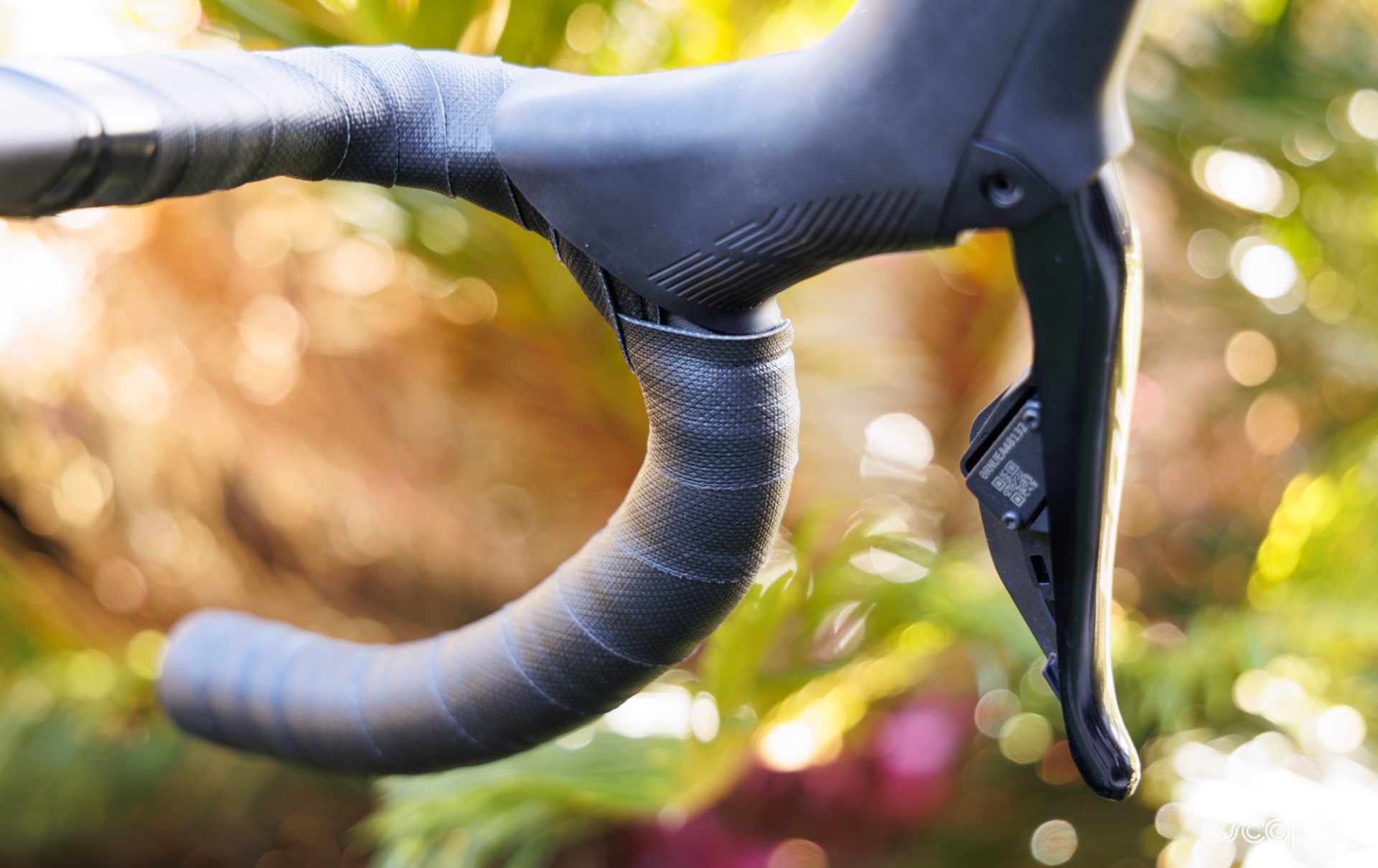
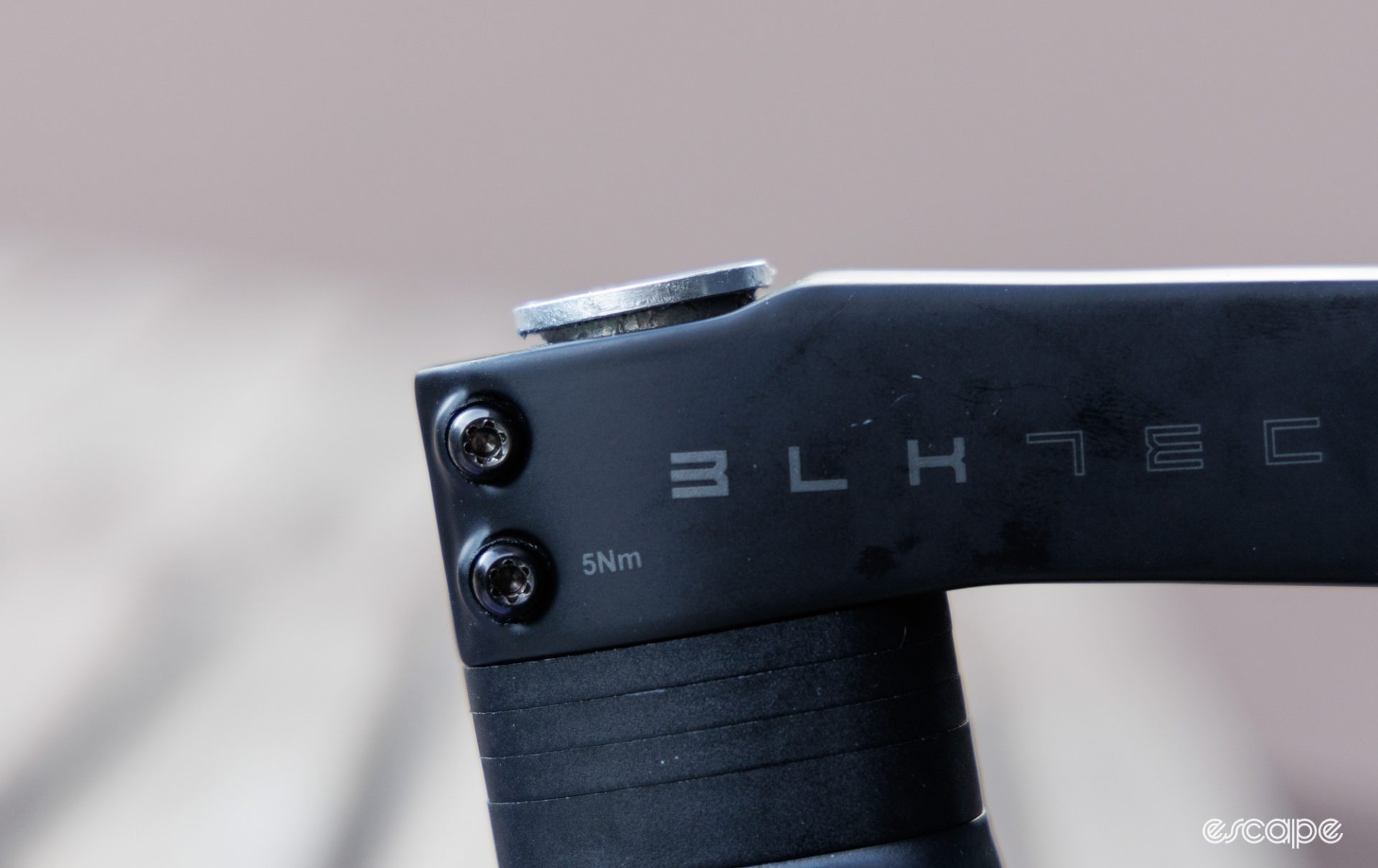
Gauging the assembly quality is a tricky thing to do from a single sample, but from what I’ve seen, I’d strongly recommend budgeting for a professional bicycle mechanic to do a full check over the bike before your first ride.
How it rides
Perhaps it’s the low pricing or memories of the last Polygon road bike I tested, but I fully expected the Helios A7X to feel like an aero bike of the past, one that made sure I felt every ripple in the road all while feeling uninspiring to accelerate. Instead, I wasn’t just pleasantly surprised, but rather shocked, at how well-mannered this price-conscious aero bike rode.
The ride quality (aka comfort) still has a level of firmness to it, but it does an admirable job of muting out the inconsistencies of the road that can quickly lead to fatigue. Here, the impressively high-end and voluminous Schwalbe tyres provide such comfort, but accompanying that is a handlebar with a welcome amount of flex matched to a rear end that isn’t wholly rigid. Further comfort can be unlocked by converting the tyres to tubeless and reducing pressures, but it’s hardly a must-do.
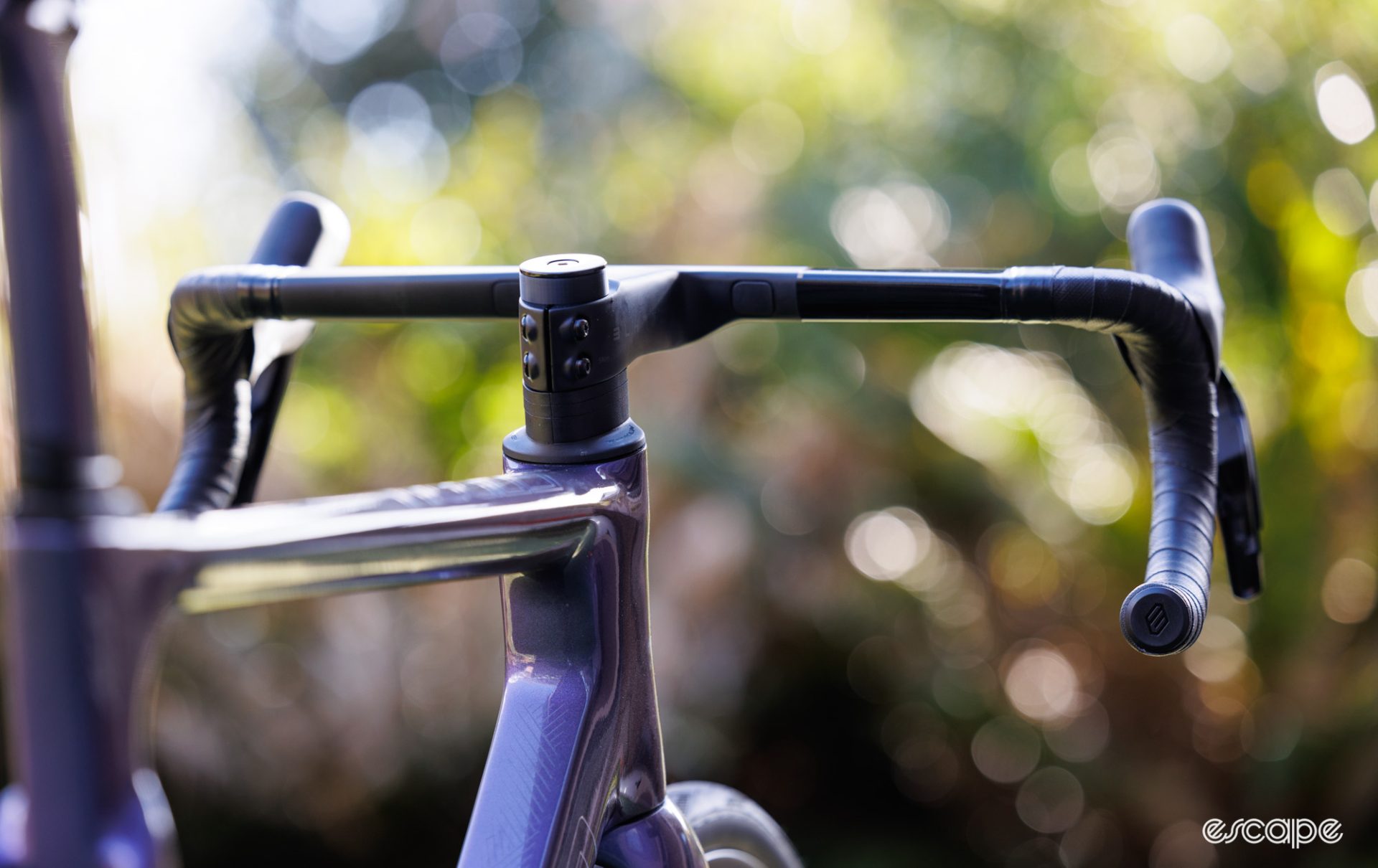
As a performance-focussed bike the Helios A7X responds well to input with a frame that resists twisting under power. Helping with its reactive feel is a handling geometry that while not the quickest, is still plenty fast to aid in having the bike dive into a direction change with minimal input. Without getting into the weeds, I do dispute the claimed geometry figures as this bike feels more reactive than what the claimed 65 mm trail figure suggests.
Like most bikes, the Helios’s handling benefits from lowering the handlebars by 10-15 mm (if you can handle such a position). With your centre of gravity lower and with more weight over the front wheel, that handling becomes more natural and less top-heavy-feeling. Unfortunately, the concealed cabling adds real complication to making such an adjustment.
The split headset spacers can be removed from beneath the stem without having to undo the hidden hydraulic brake hoses, however, the BlkTec one-piece handlebar doesn’t allow for those spacers to be placed on top. Most similar-design handlebars at least allow you to use regular round spacers on top while you dial in the preferred handlebar height, but the uneven shape doesn’t allow that here, either. Instead, this handlebar design calls for cutting the steerer tube in order to lower the stem – a concept that hardly allows for experimentation.
Thankfully I solved this problem by designing and 3D-printing a cut-away headset spacer that cleared the raised section of the stem, but unless Polygon were to produce and provide such a spacer with each bike, it remains a rather inaccessible solution.

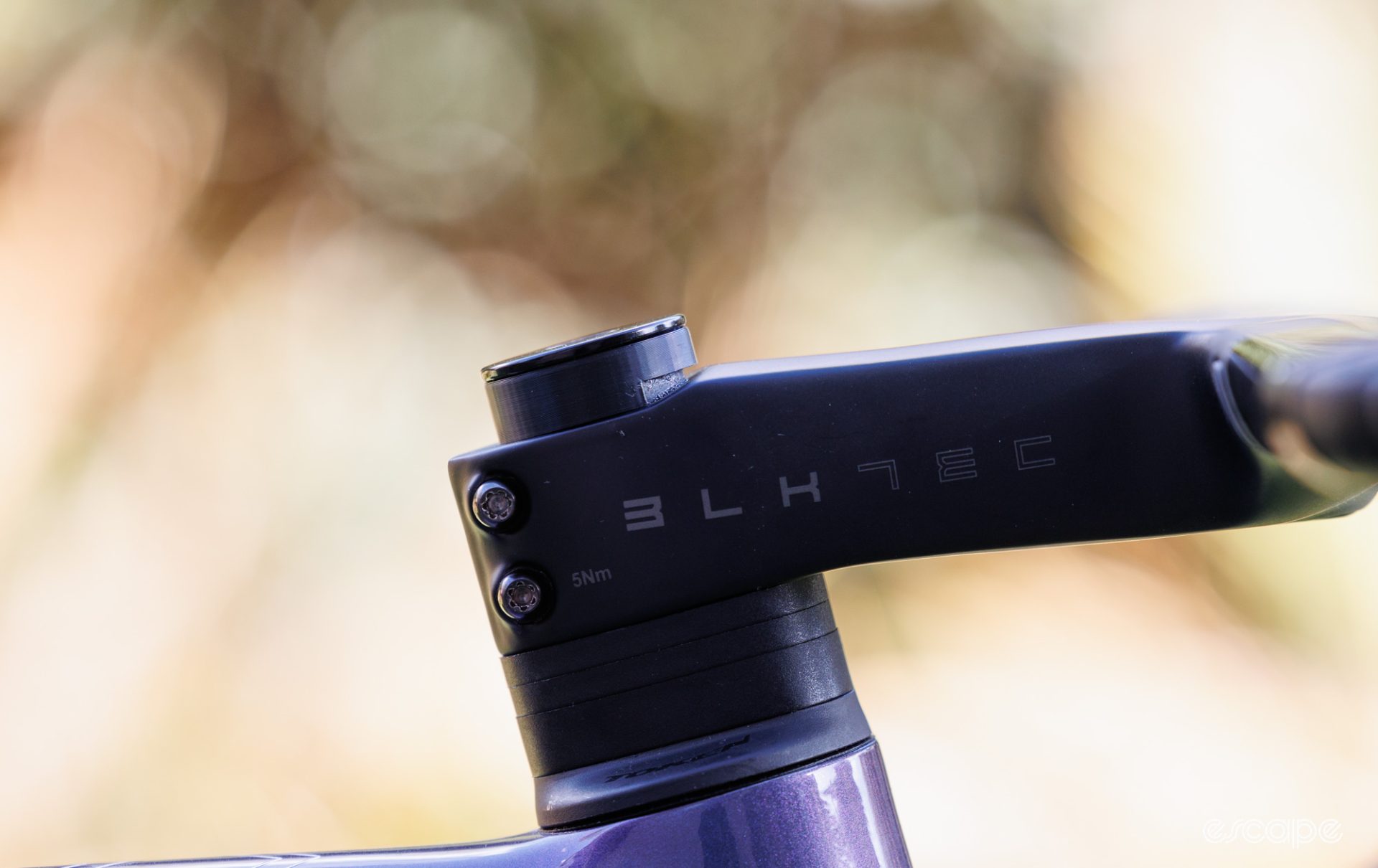
Further limitations of the one-piece handlebar are seen with the locked-in choice of bar width and stem length. Currently, BikesOnline doesn’t offer any options for changing these dimensions at the time of purchase and so you’re locked into the provided fit of the bike. And remember earlier in this review where I pointed out that the supplied 110 mm stem length on my 54 cm tester is 10 mm longer than what just about every other brand equips for the size? Well, that's combined with a flared handlebar shape that is 42 cm between the hoods, but measures just shy of 45 cm at the drops. Combined, it makes for a cockpit that has you reaching more than most bikes request. It also puts you into a wide and far-from-aerodynamic position, which somewhat defeats the aerodynamic intention of the bike.
If it were my own bike, I’d want a narrower 40 cm bar width and a 100 mm stem, but making that change here would cost at least AU$700 (approx US$450) before labour.

This isn’t to say the Helios A7X won’t fit people perfectly. I had a similar-height friend provide a second opinion of this bike. They’re dimensionally different, and where I have a long inseam and relatively short torso (170 cm tall, 735 mm saddle height), they’re a bit the other way around and so came away with nothing but rave reviews in relation to the sizing and provided component fitments.
What’s evident is that the Helios benefits those who are used to or prefer a longer reach. Meanwhile, I could size down to solve the reach issue, but then I'd be moving the issue to a stack that's on the edge of too low.
It’s also worth noting that having such a premium one-piece handlebar may prove problematic for any aspiring criterium racer looking for a well-priced race bike. Crashing a bike with a two-piece aluminium handlebar and stem isn’t likely to render a huge service bill, but wrecking the Helios's handlebar could quickly lead to a service bill that's a quarter of the original bike price. And speaking of service bills, just a reminder that such stealthy cable routing will make for an expensive repair if you were to ever wear/rust out the headset bearings.
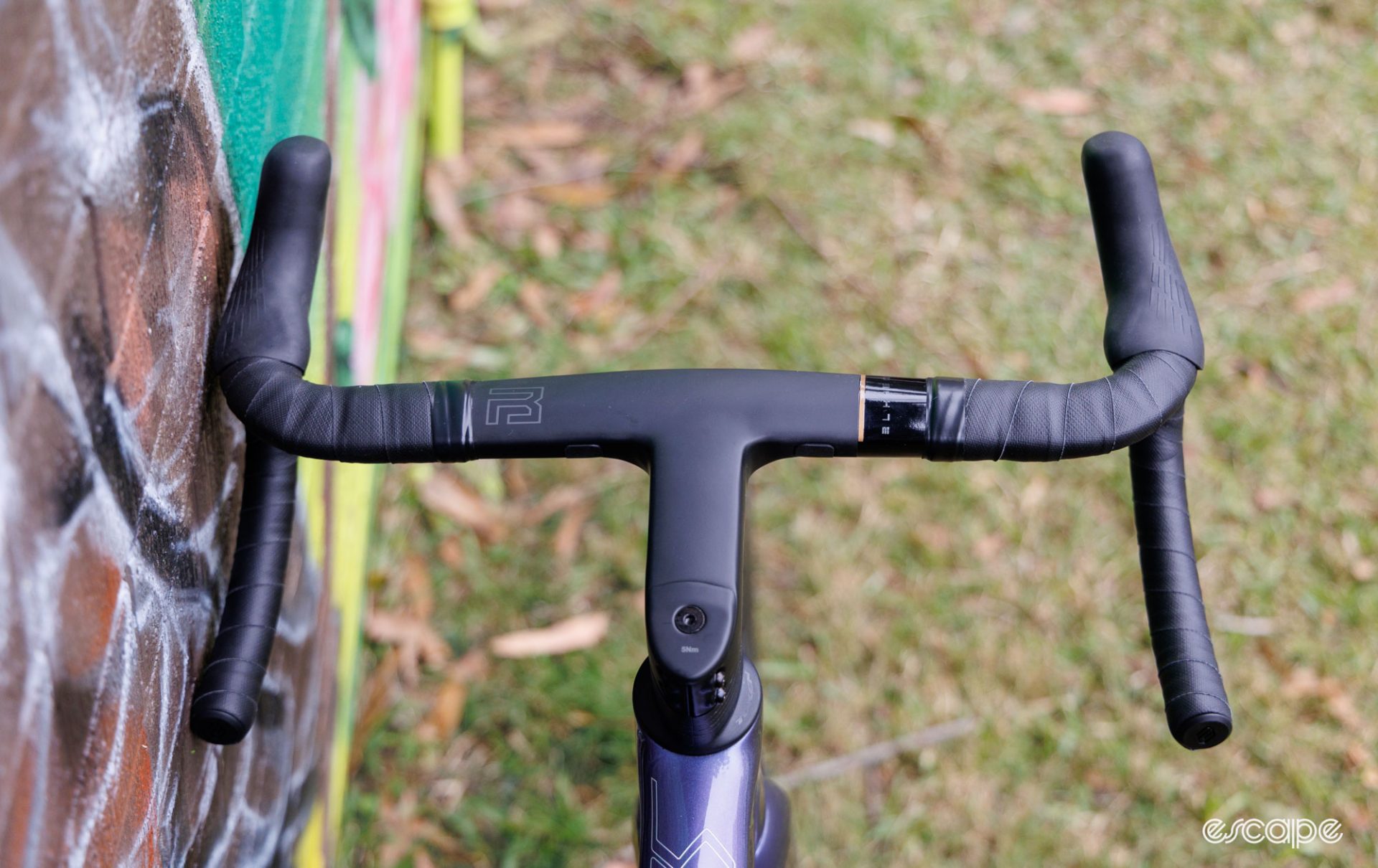
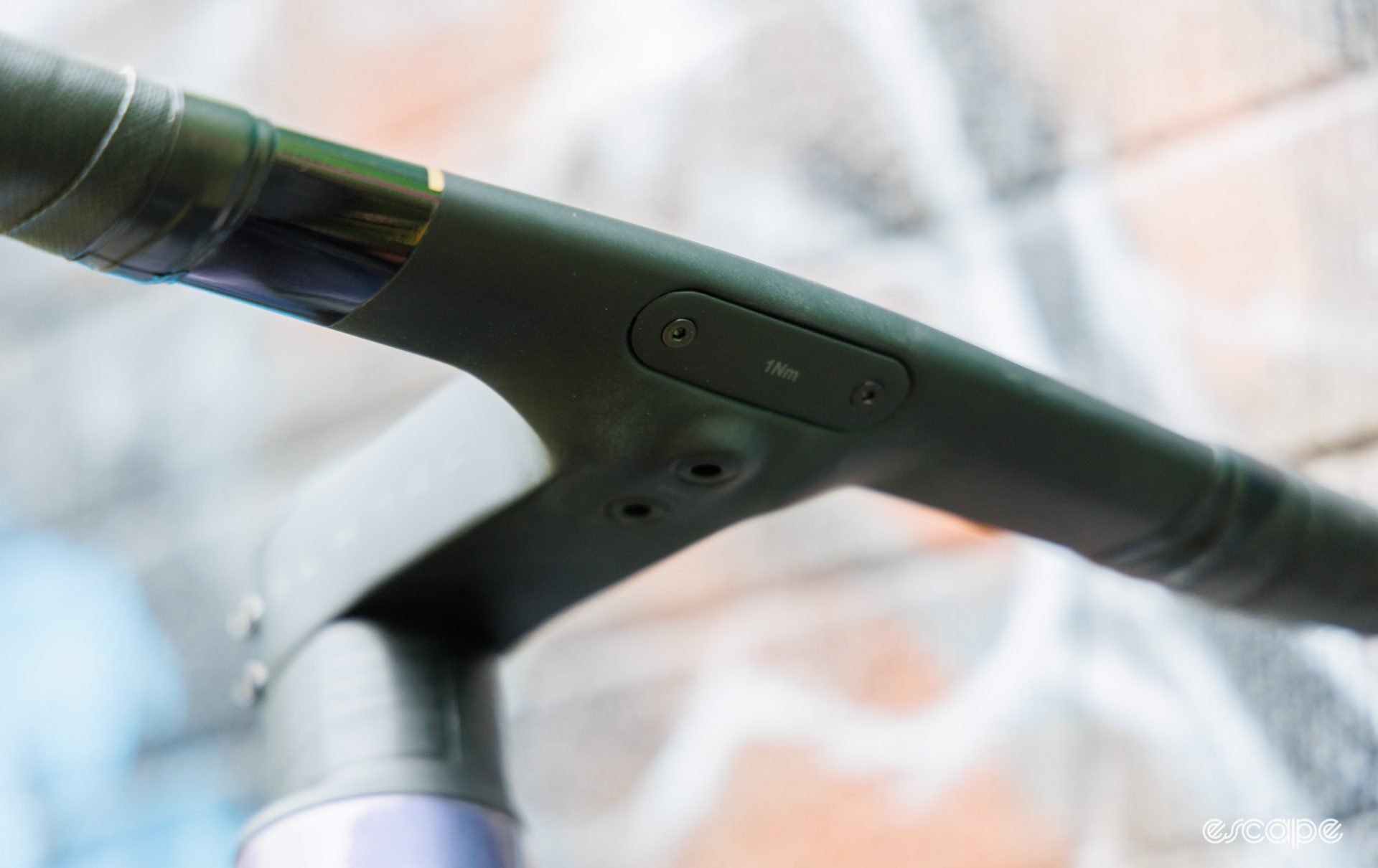
OK, so I’m not a huge fan of the locked-in nature of a one-piece handlebar on a bike of this price. I’d surely like it more if BikesOnline had affordable solutions for swapping sizes and/or crash replacements, but the logistics in doing that are not so conducive to hitting the price points they offer. My issues aside, the BlkTec handlebar is otherwise a nice product that looks fast, has a comfortable shape, and even features a subtle egg-like-profile to the drops that provides a thumb-holding hook in a sprint.
The seatpost is another locked-in component choice, and other than having a preventable creaking noise out of the box, it didn’t present many issues. However, Polygon has seemingly experienced some reports of slipping seatposts with heavier riders (over 100 kg) and so now provides a secondary seatpost collar to solve for this. It’s not the prettiest solution but I do like that they’re not ignoring the issue. And speaking of not being the prettiest, the rubber cover that sits over the seatpost binder looks and feels far bulkier than it needs to be.
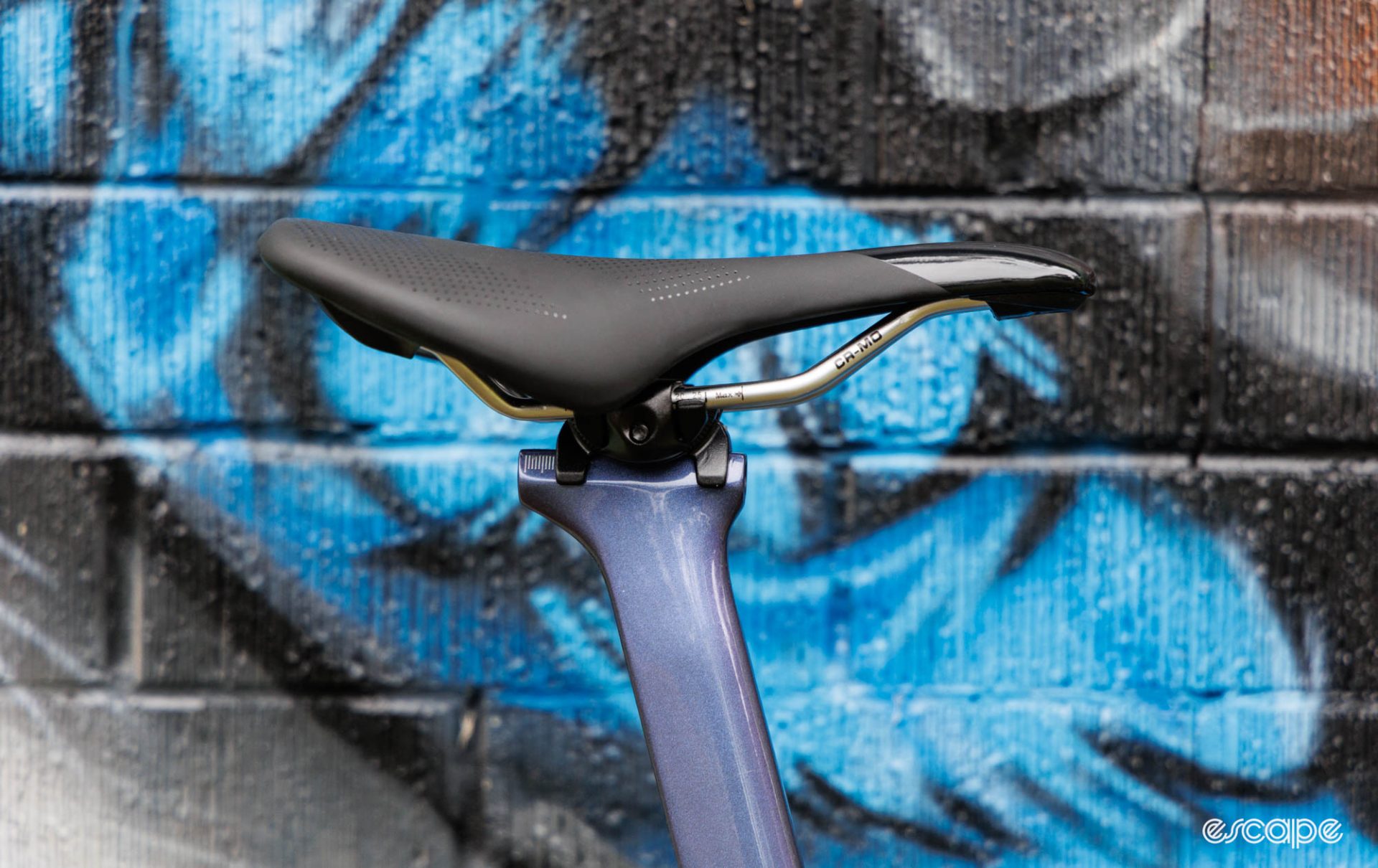
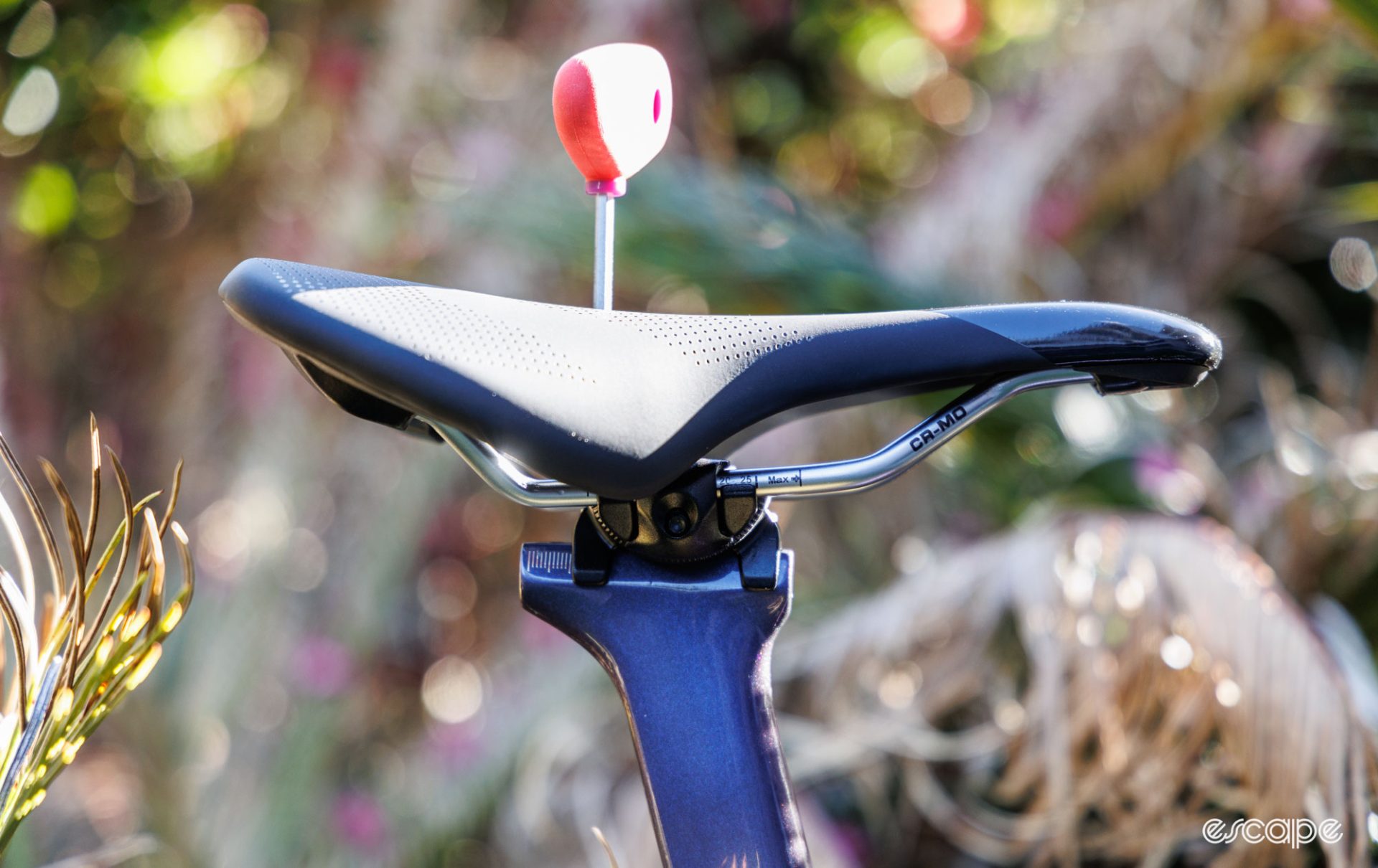
I suspect most potential customers looking at the Helios will come from an older rim brake road bike. Just a heads up that the aero seatpost and handlebar are likely to provide barriers to mounting your older-model lights and computers, and so it’s worth factoring this into the price of any aero bike. I recommend splashing the cash on an aluminium universal computer mount (that bolts beneath the stem) designed to carry a computer and/or light.
The somewhat generic saddle may be comfortable for many newer cyclists, but more experienced riders will likely find it too squishy. Thankfully, bartape is cheap to replace as the stock stuff was wrapped poorly and is also too thin to provide any level of comfort.
As already covered, the Entity WR5 wheels are impressive for the price point. Despite the slightly dated rim shape and 28 mm external width, I still found them to be relatively well-mannered in cross-winds. The rear wheel did lose some trueness early on during the test period, but this sort of thing is easily fixed within a bike service.
Meanwhile, the stock Schwalbe One TLE tyres are a superbly high-end item that would be just as well placed on a bike costing triple what the Helios does. Unfortunately, these tubeless-ready tyres do have an extremely tight fit with the seemingly oversized Entity carbon rim, enough that I needed two tyre levers to remove them, and even managed to pinch a tube on installation. They’re tight enough that the tyres were reluctant to reseat correctly, too.
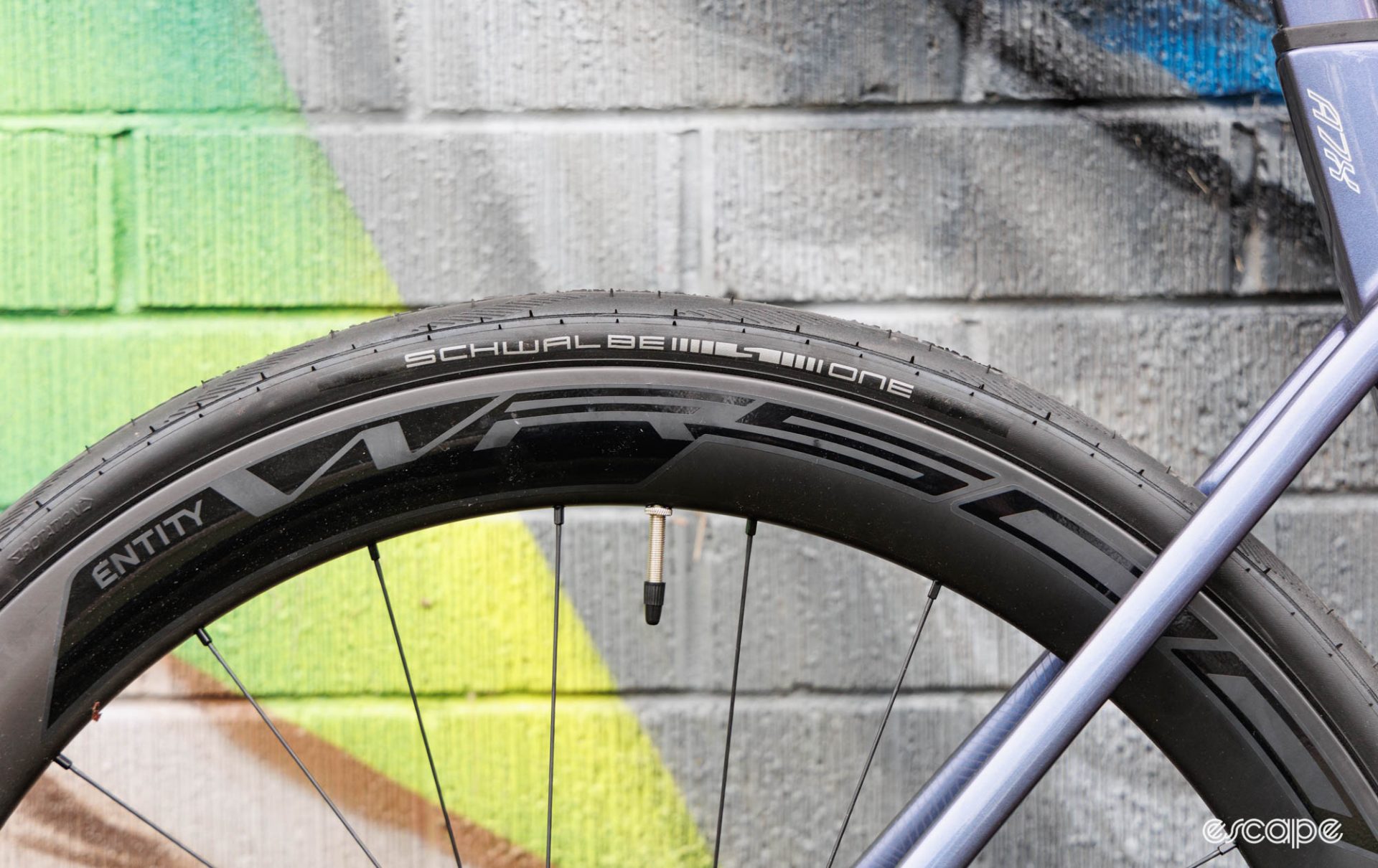
Anyone looking to buy this bike will be impressed with the shifting and brake performance provided by the 12-speed Shimano 105 R7170 Di2 groupset. Firstly, the wireless shifters offer a wonderfully ergonomic hold with low-effort brake control and shifts. The 105 shifters don’t allow for additional shift buttons to be plugged into them, but the flipside is that they have double the battery capacity of Shimano Ultegra and Dura-Ace shifters. My only complaint is that the Di2 shift buttons are still a little too close to each other if wearing thick winter gloves.
Braking performance is brilliant without being grabby, and I didn’t find myself missing the more advanced features present in Ultegra and Dura-Ace. I was surprised to see that Polygon equipped the more premium finned brake pads and IceTec rotors for improved cooling, and I’m thankful they did given the smaller 140 mm rear rotor.
Shifting on the A7X is easily good enough for anyone, but there are a few factors for why it’s not quite to the level of perfection that 12-speed Di2 Ultegra or Dura-Ace offer. By comparison, shifting down the cassette (to a harder gear) is clunkier due to Polygon equipping a KMC chain in place of a Shimano, and the Shimano 105 cassette lacks the more sophisticated shifting ramps (HyperGlide+) of Ultegra and Dura-Ace. Meanwhile, front shifts are identical to those of previous-generation 11-speed Ultegra and Dura-Ace, but they remain slower and perhaps a little less smooth when compared to the 12-speed variants of those more expensive groupsets.
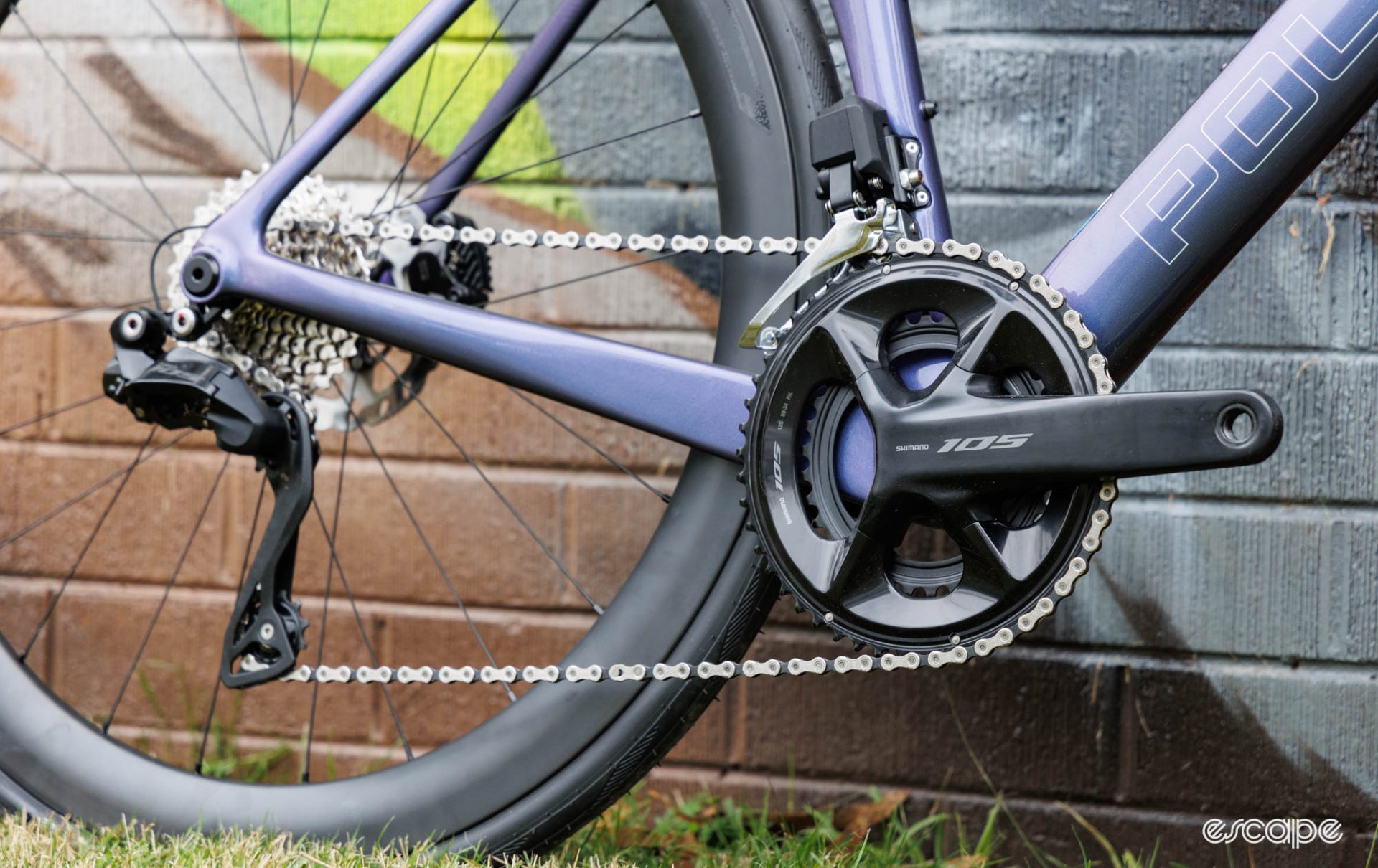
The generous and relatively low gearing ranges will prove right for most who live in hilly terrain, but strong riders seeking to get the most from an aero road bike are likely to find the stock compact gearing a little limiting. Changing to larger 52/36T chainrings is possible to do without changing the crank arms, however, it’s obviously an added expense.
It’s worth reiterating that the shifting really is great and well beyond the quality that most riders ever get to experience. I’d suggest using the provided chain and cassette until worn, and then looking to upgrade both to Ultegra at that later stage.
Who it is for
With the Helios A7X, Polygon has created a nice-riding and extremely good value bike. I can’t emphasise enough just how incredible the price of this bike is in certain markets (particularly Australia).
The Helios’s immense value is sure to appeal to newer cyclists seeking a bargain and shopping via the parts on offer. For the more youthful and those wanting a longer-fitting bike that handles like a race machine, then the Helios is a steal that's sure to please. However, a far larger market could benefit from performance-focused road bikes being less performance-focused.
The Helios’s integrated handlebar and stem mean it’ll come with a significant cost to adjust how the bike fits, which then greatly limits who I’d suggest this bike to. So let me make this abundantly clear: this bike has a lot going for it, but if you can’t touch your own toes, then get yourself a different bike with a shorter reach.
There’s no denying that Polygon has created a screaming deal, and such strong price competition benefits all. I just wish the industry as a whole would stop pushing such aggressive-fitting bikes onto everyday riders.
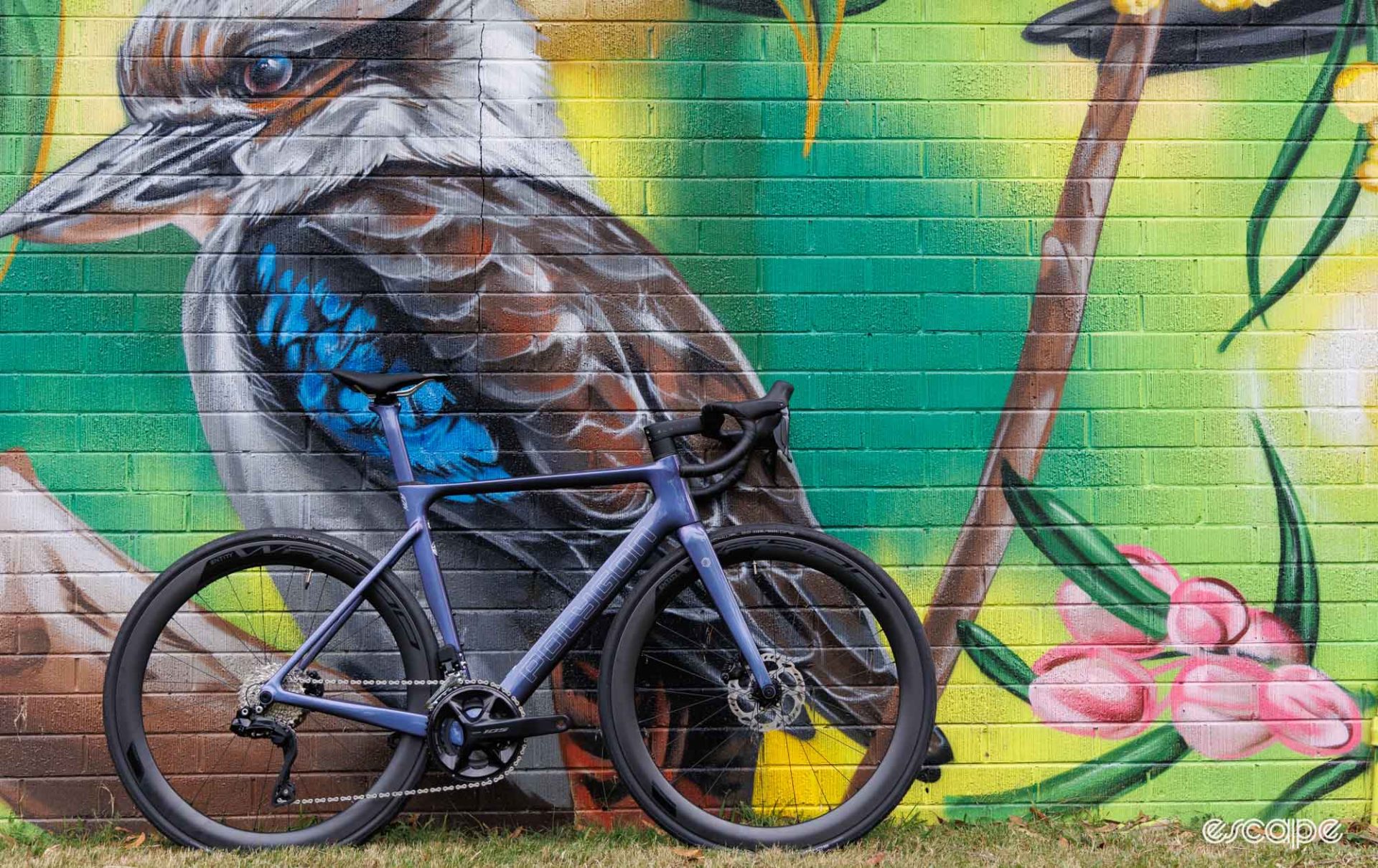
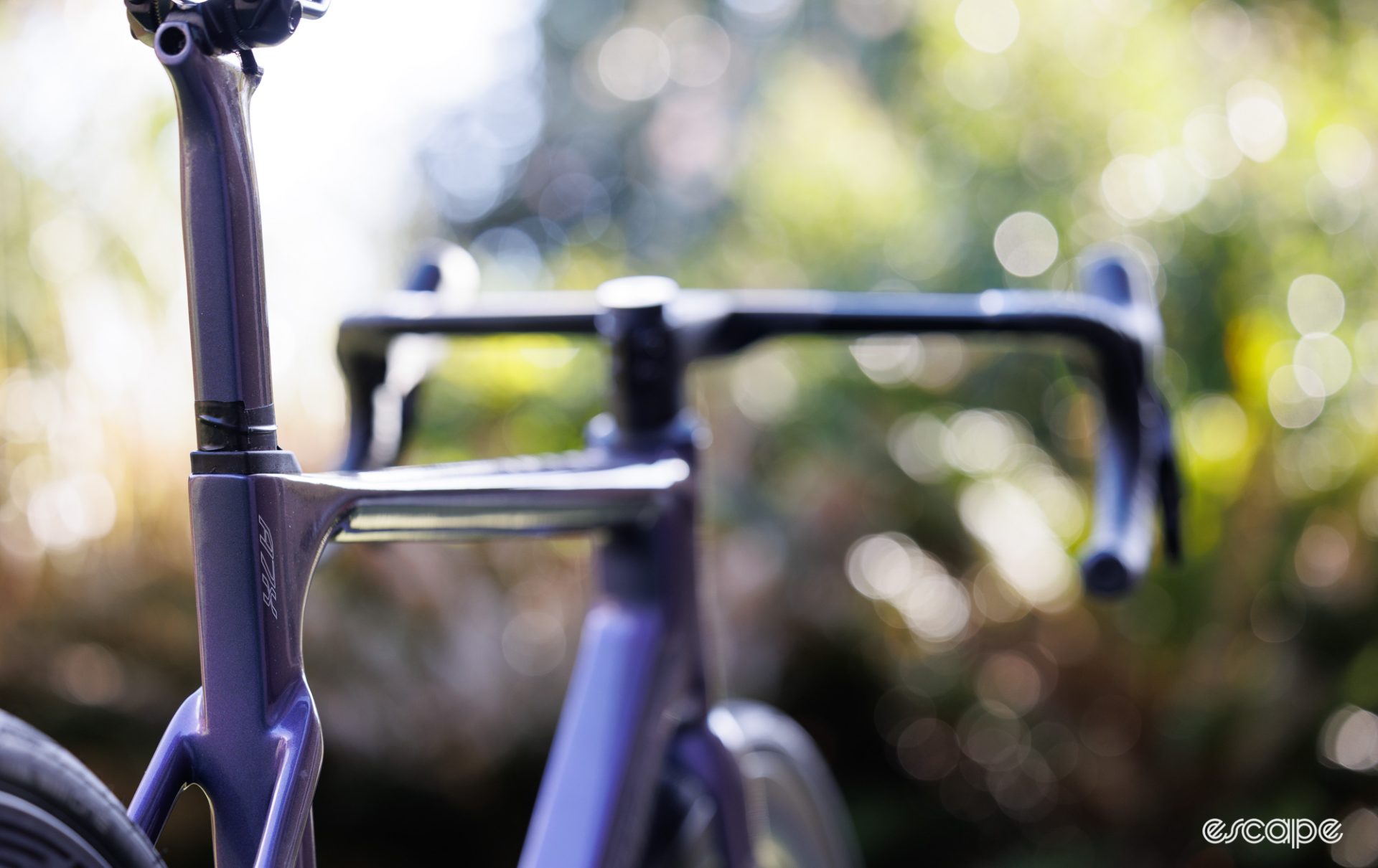
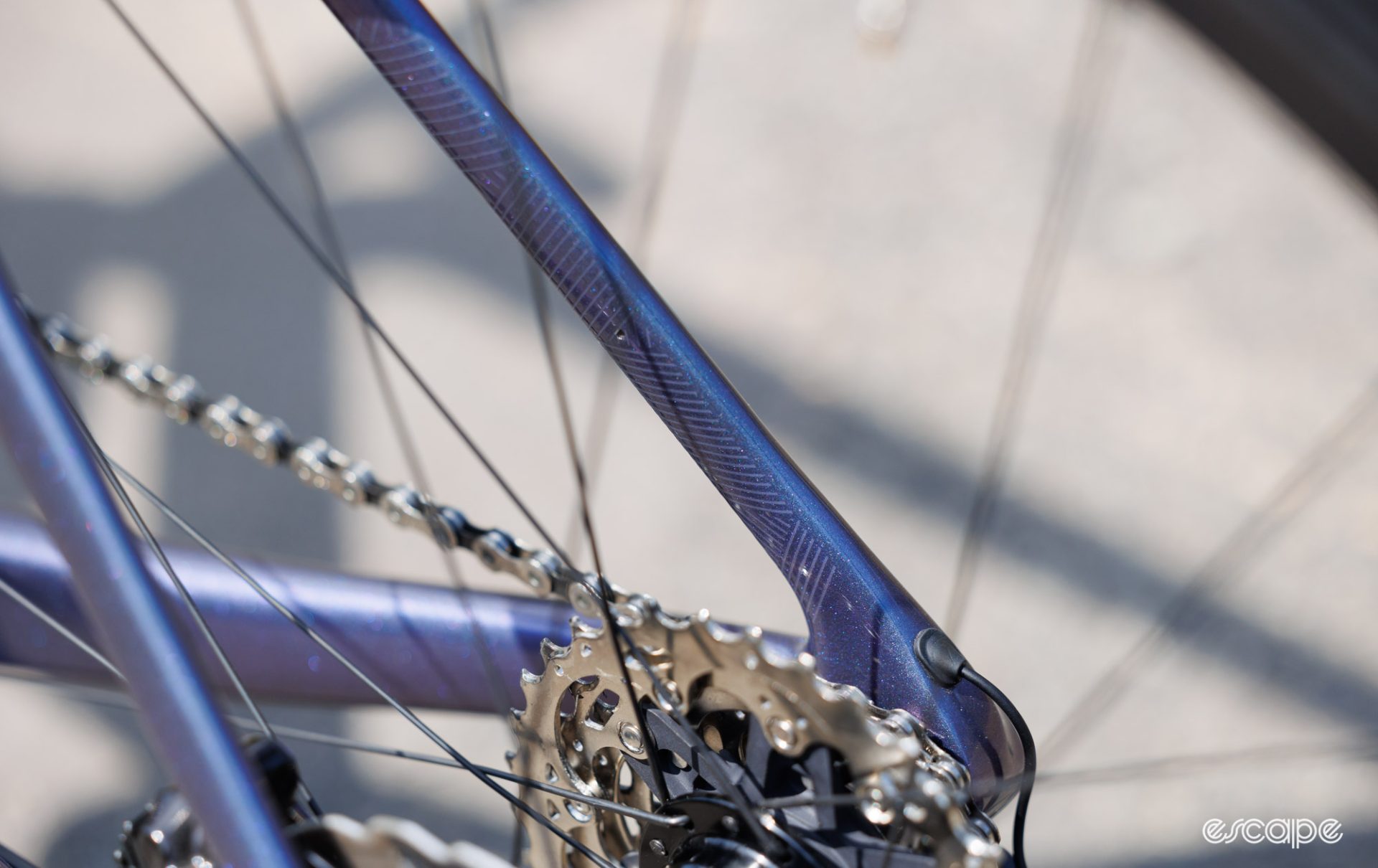
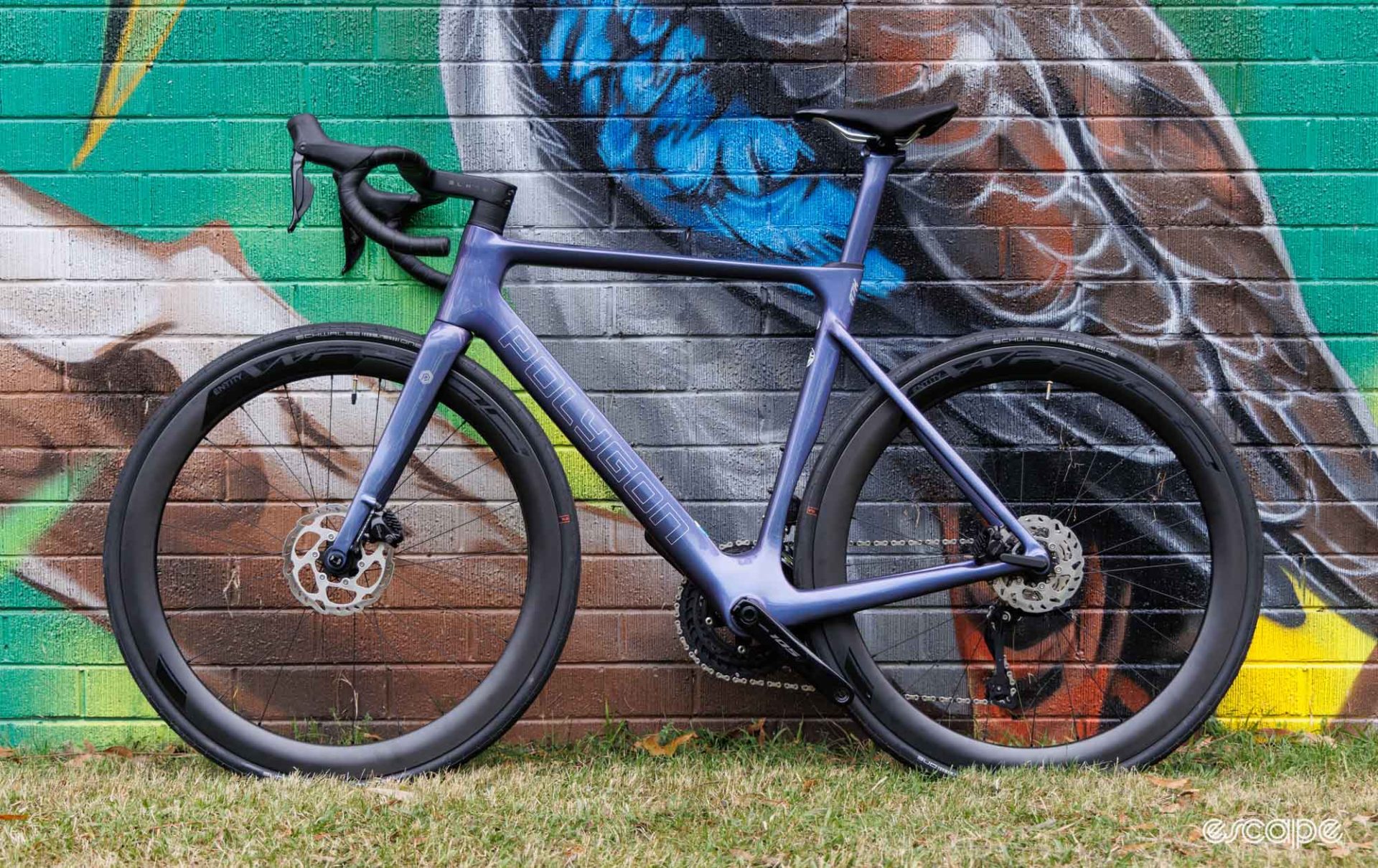

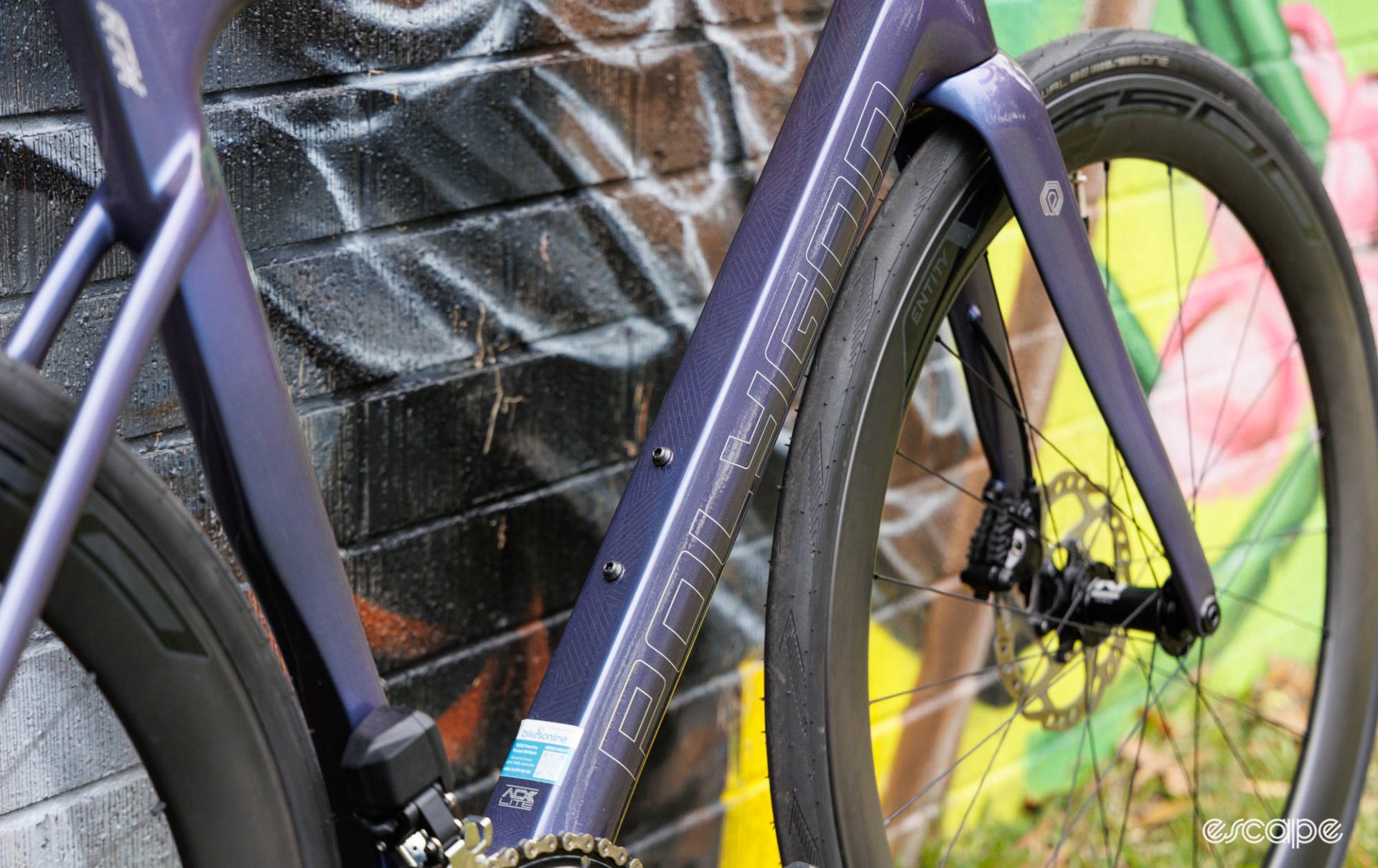
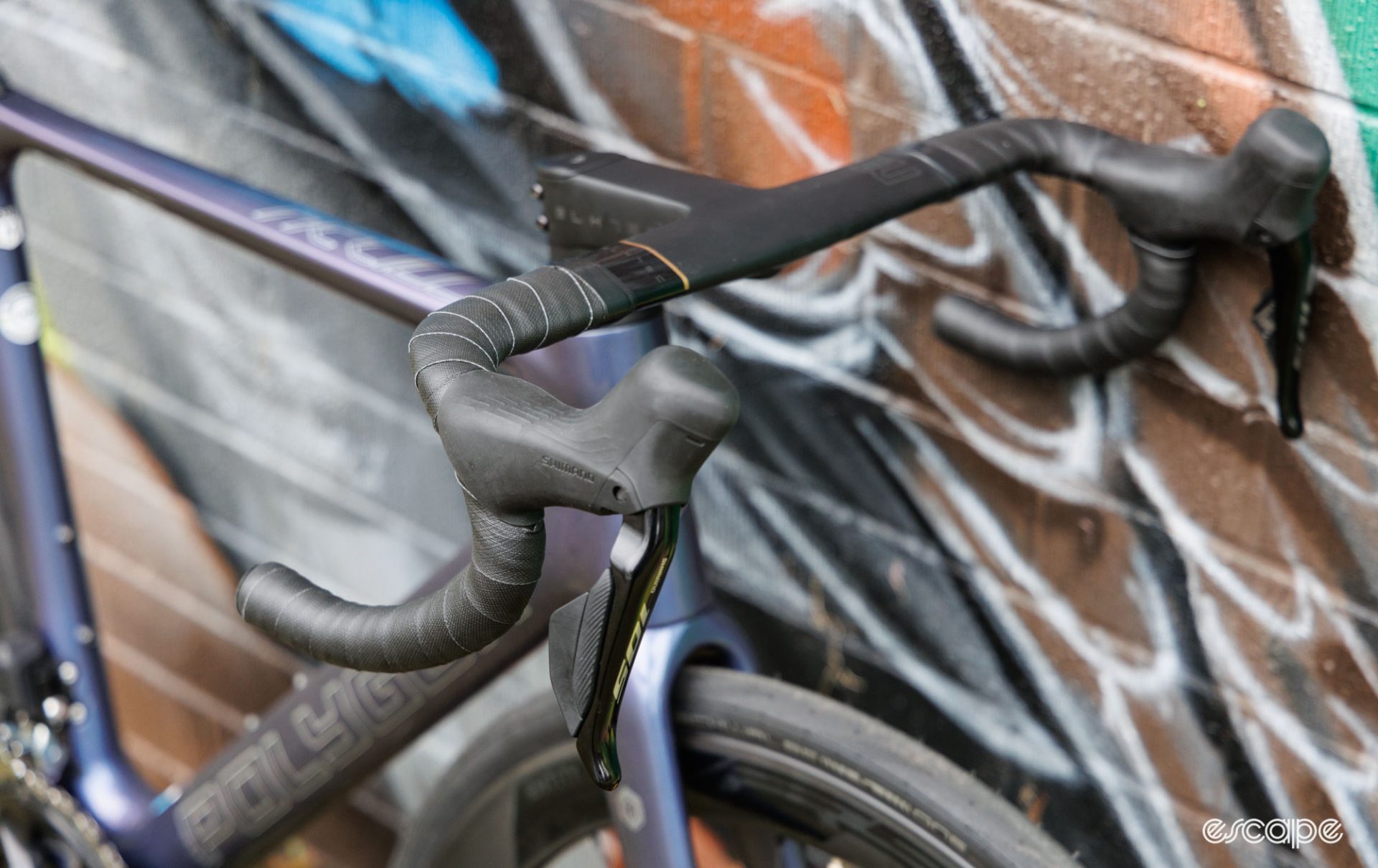
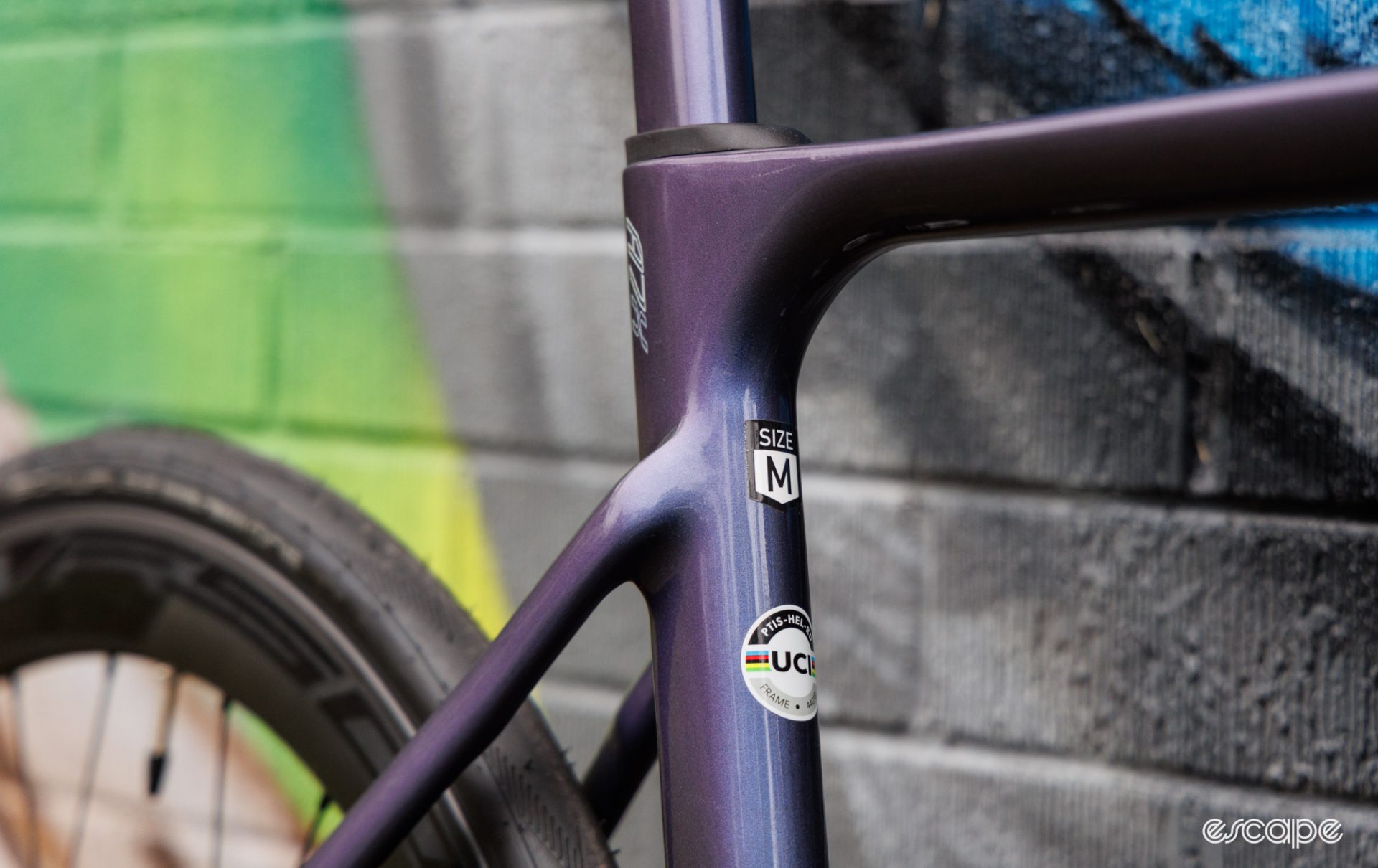
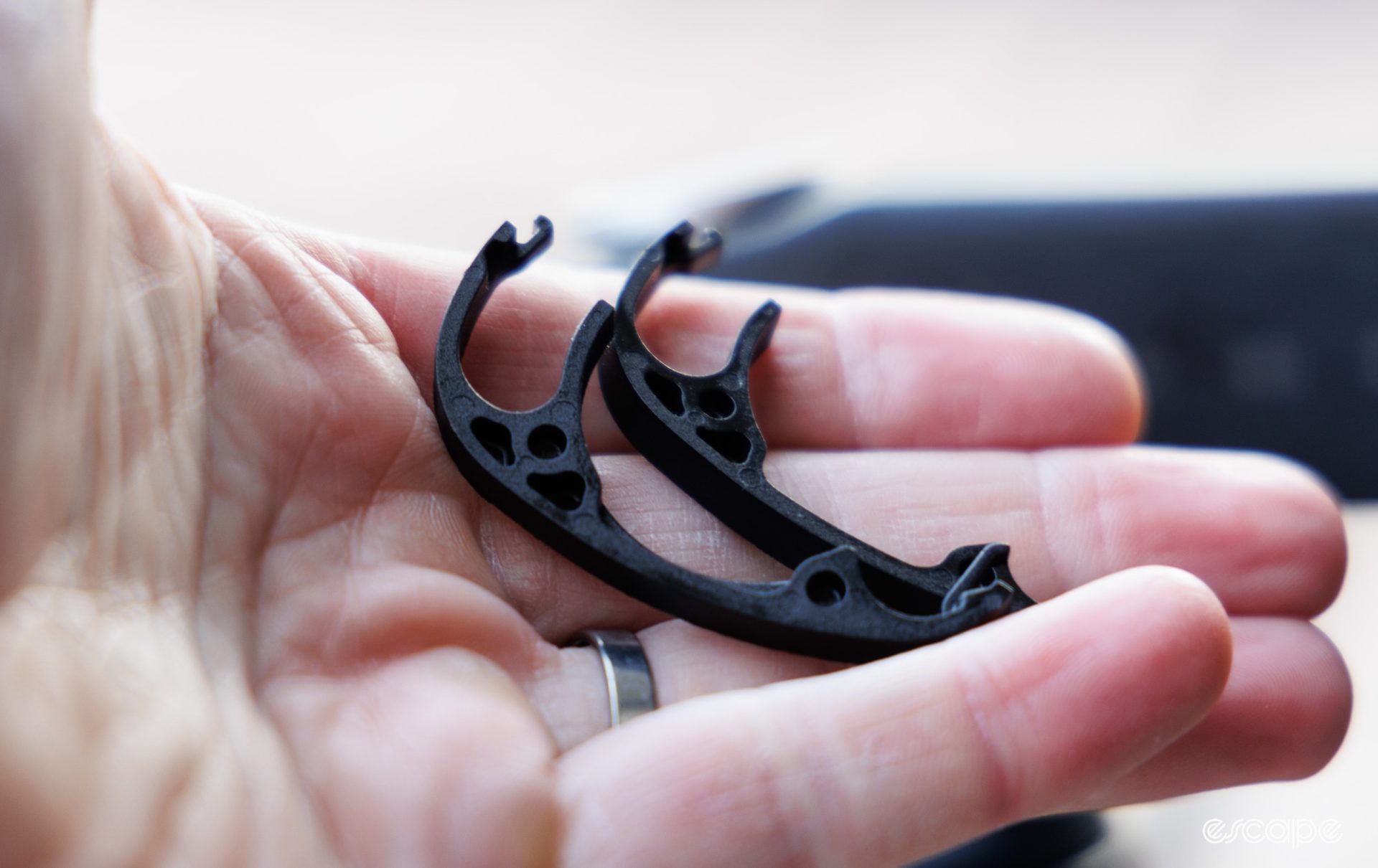

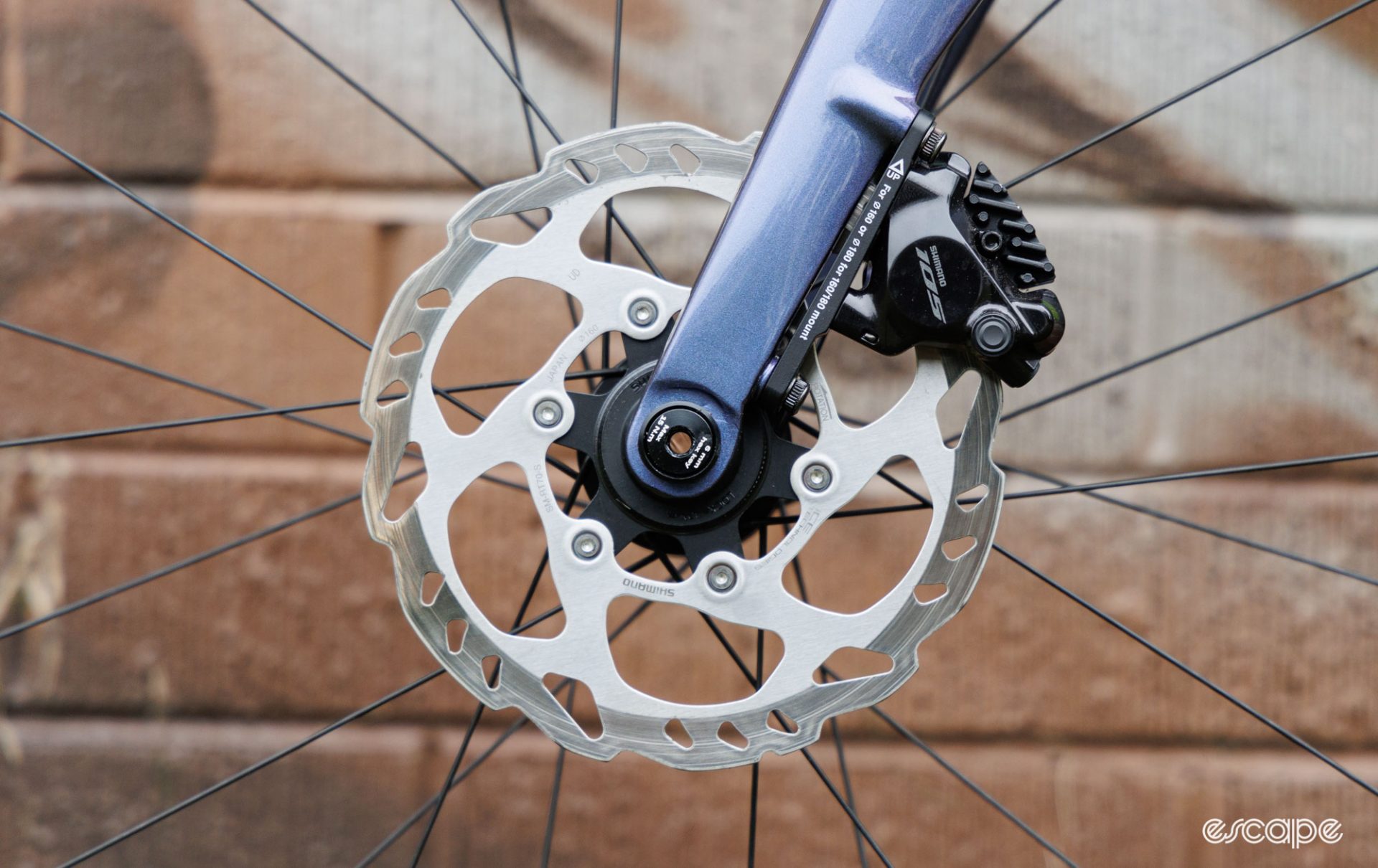
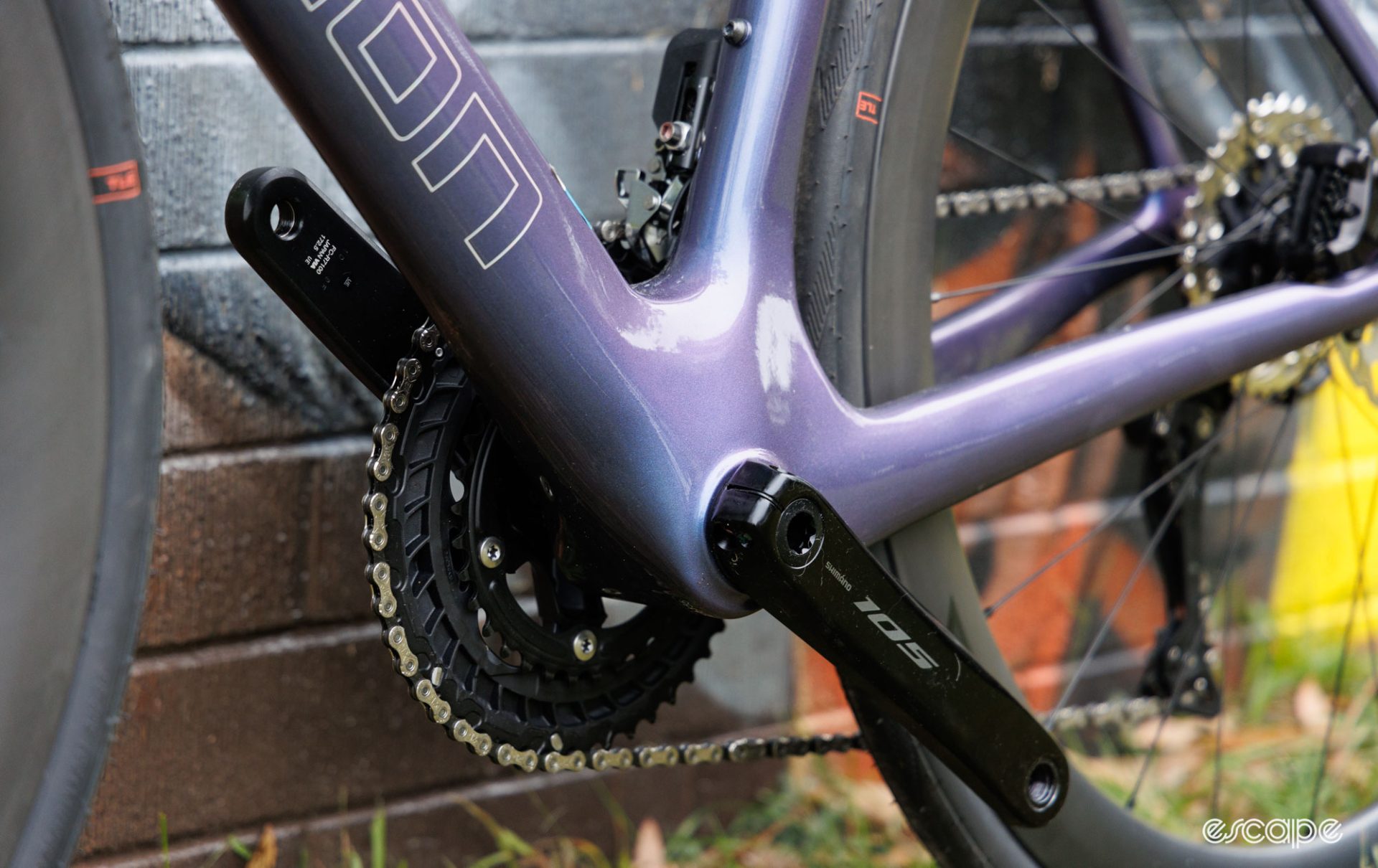
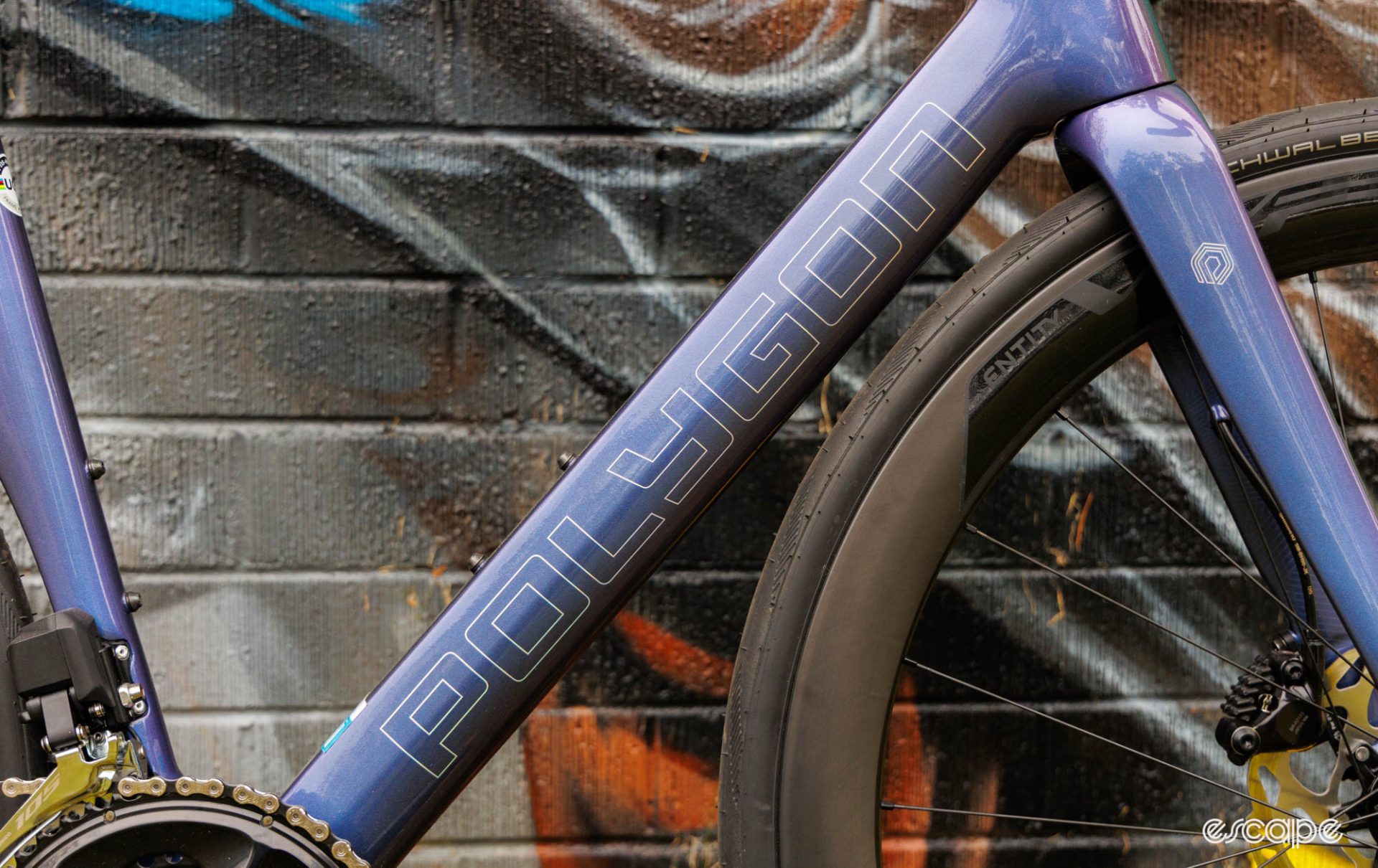
Did we do a good job with this story?

